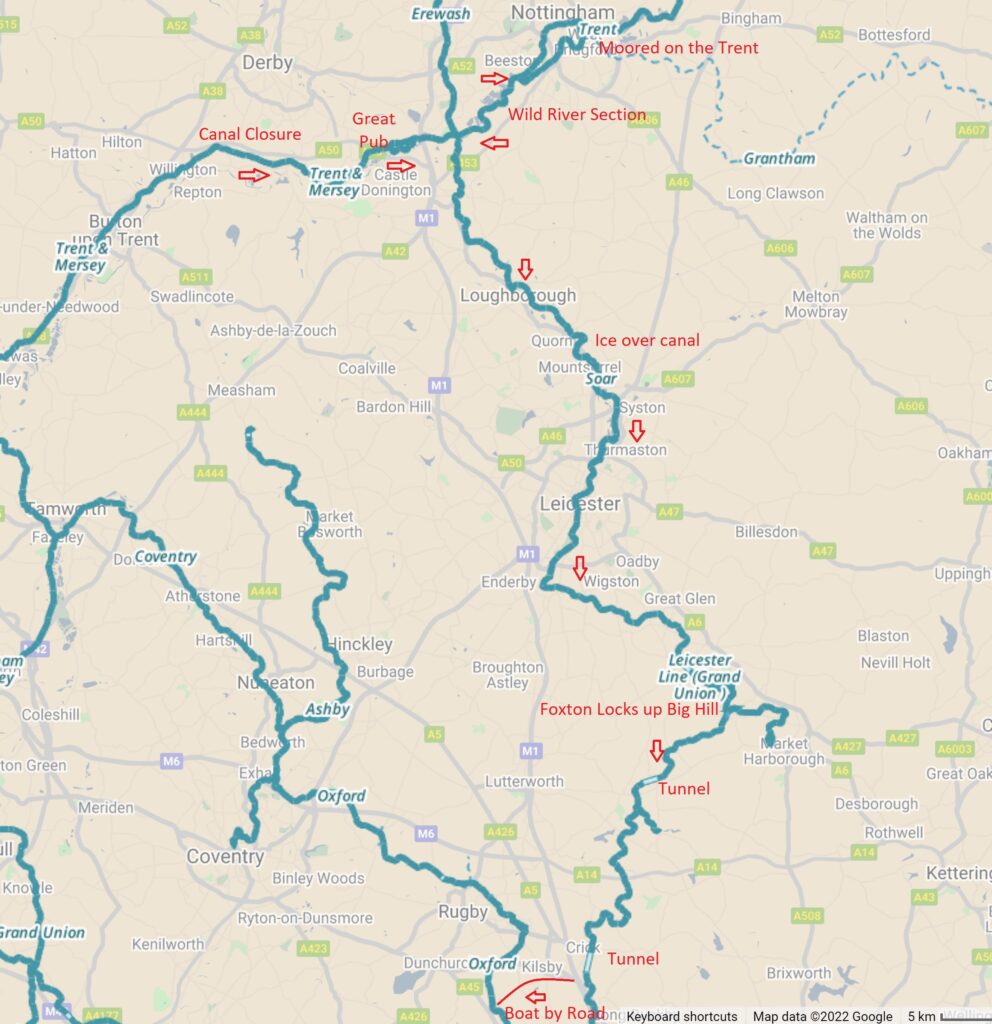
Now past the canal closure we took a slower pace. We found a great pub (The Malt) at Aston-on-Trent and stayed for a few days. Bernie enjoyed the walks and chasing squirrels. After enjoying this idyllic spot, we meandered a few miles east to a town called Shardlow.
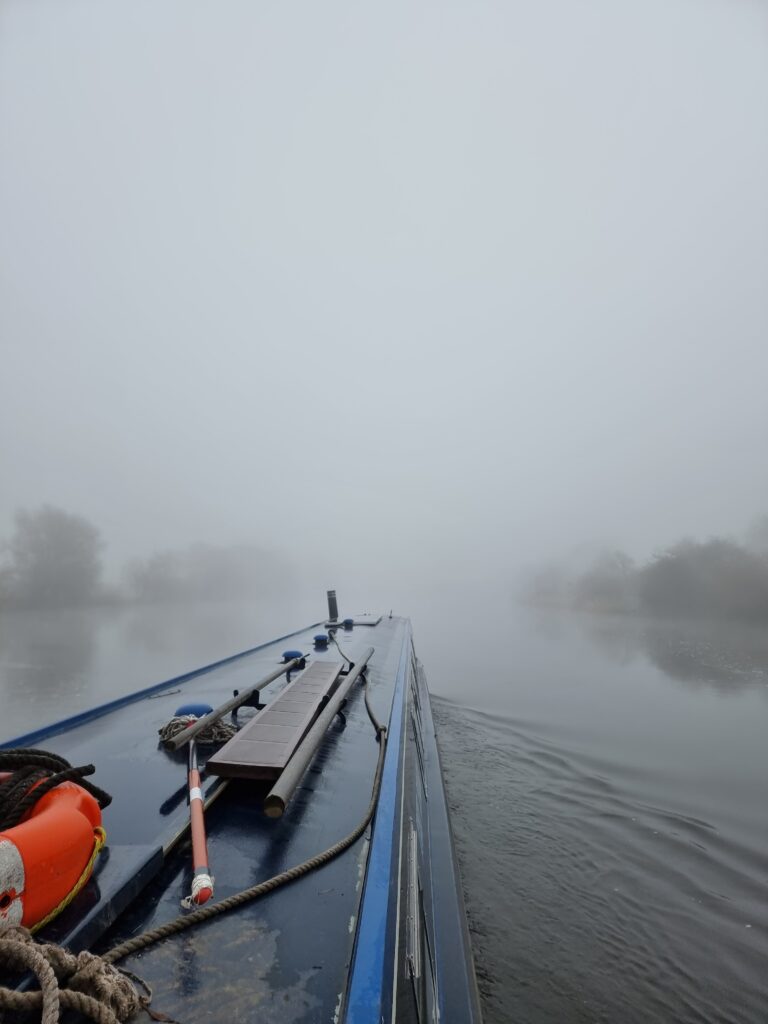
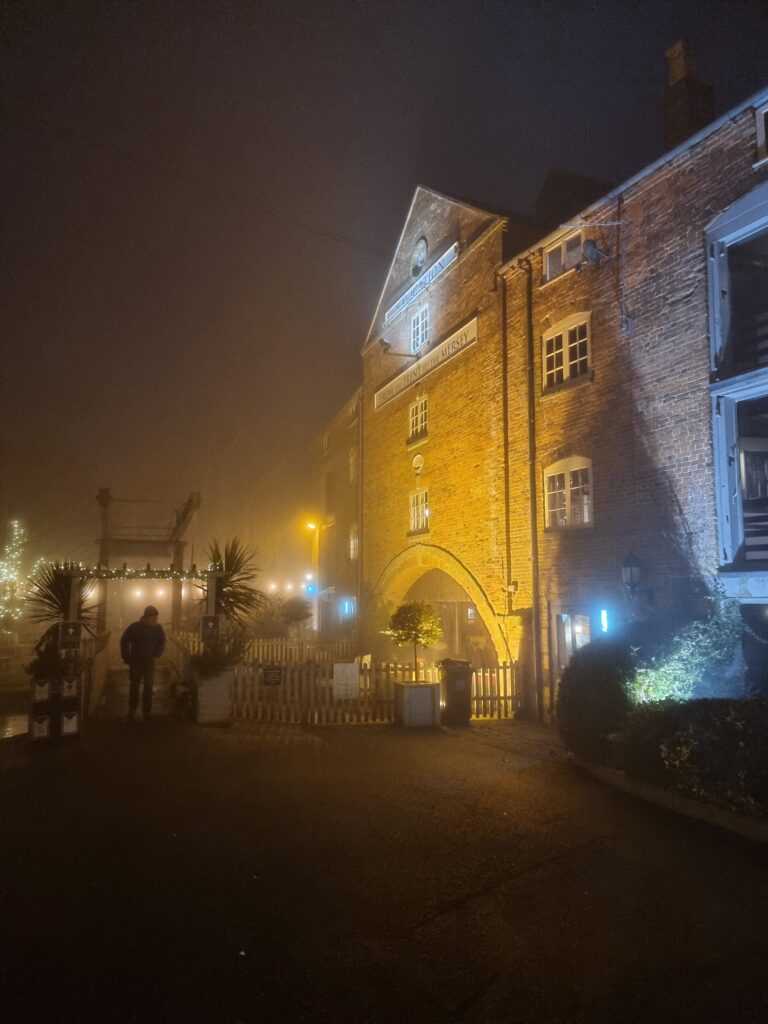
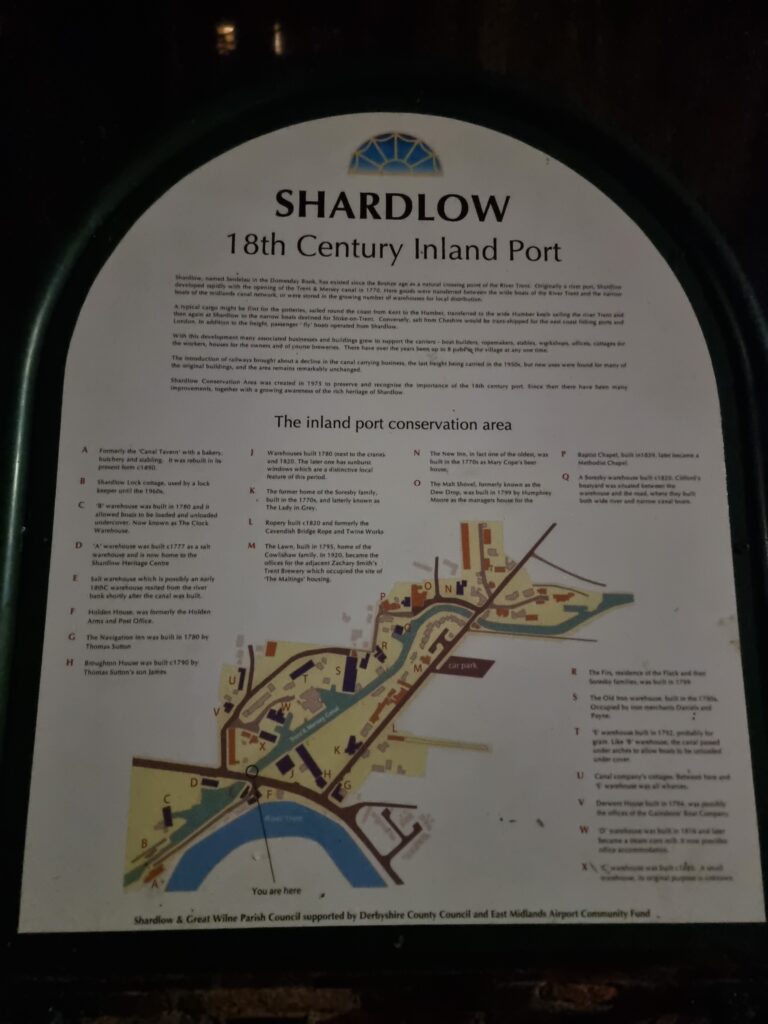
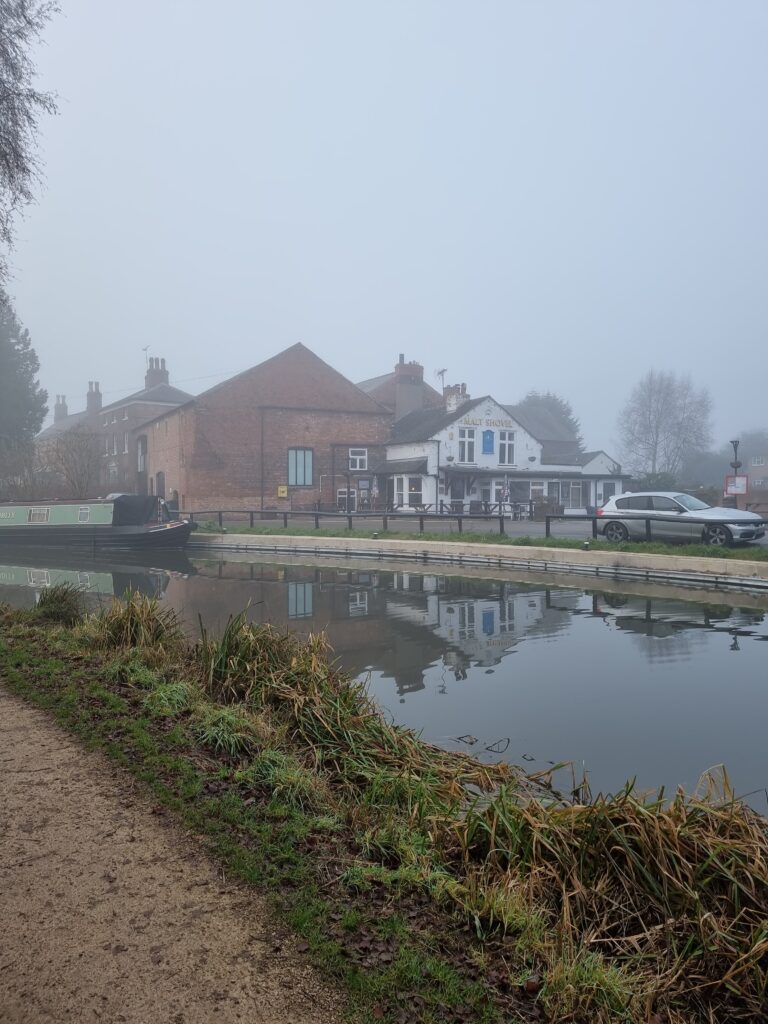
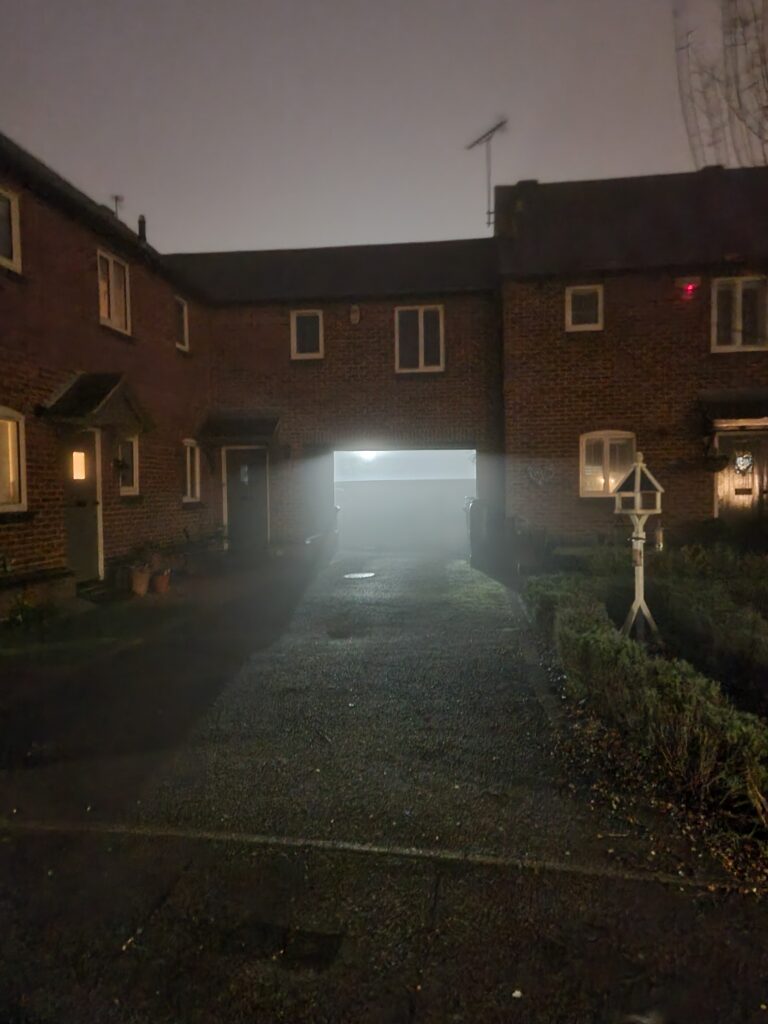
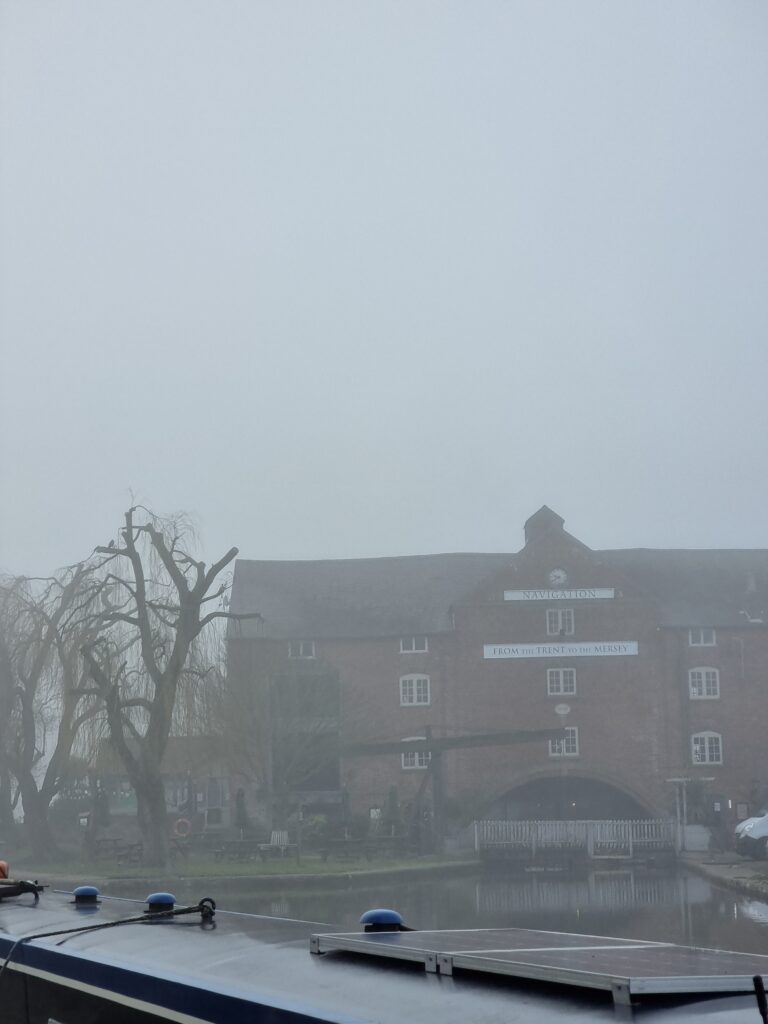
Historic Shardlow was once a thriving canal port and many of the original buildings are still there. Most are Grade 2 listed and the town has an other worldly feel about it, They still cover it in mist to give it that genuine industrial age feel (think Peaky Blinders without all the gangsters).
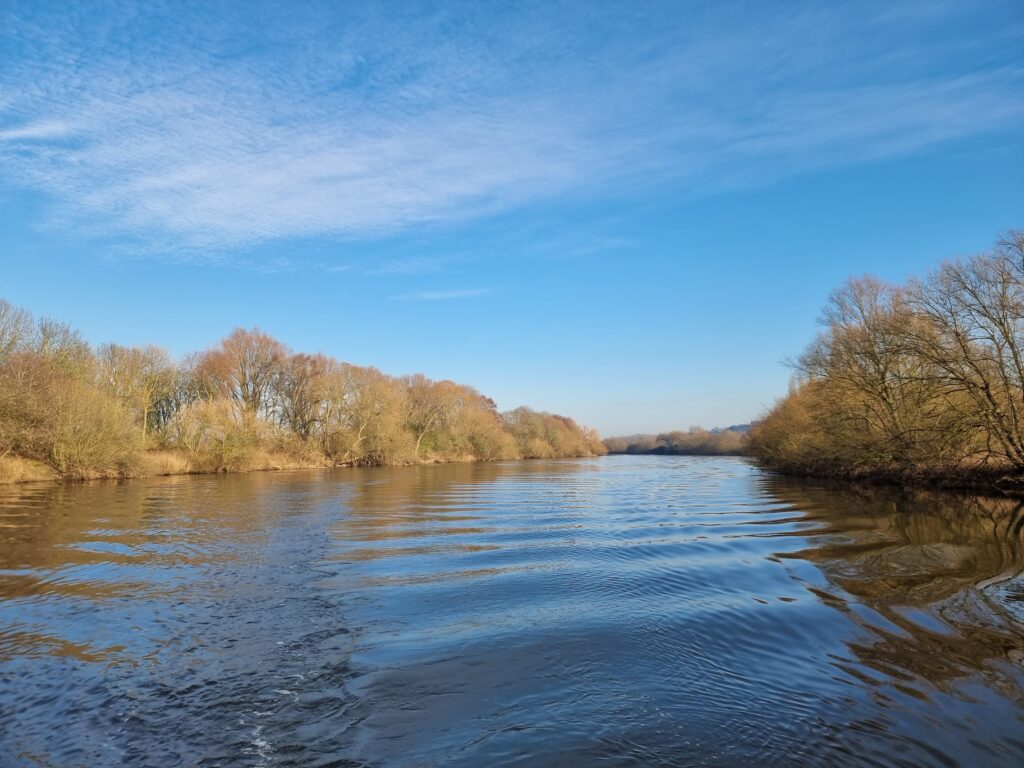
We stayed one evening in Shardlow as we had some plans to meet up with friends in a few days.
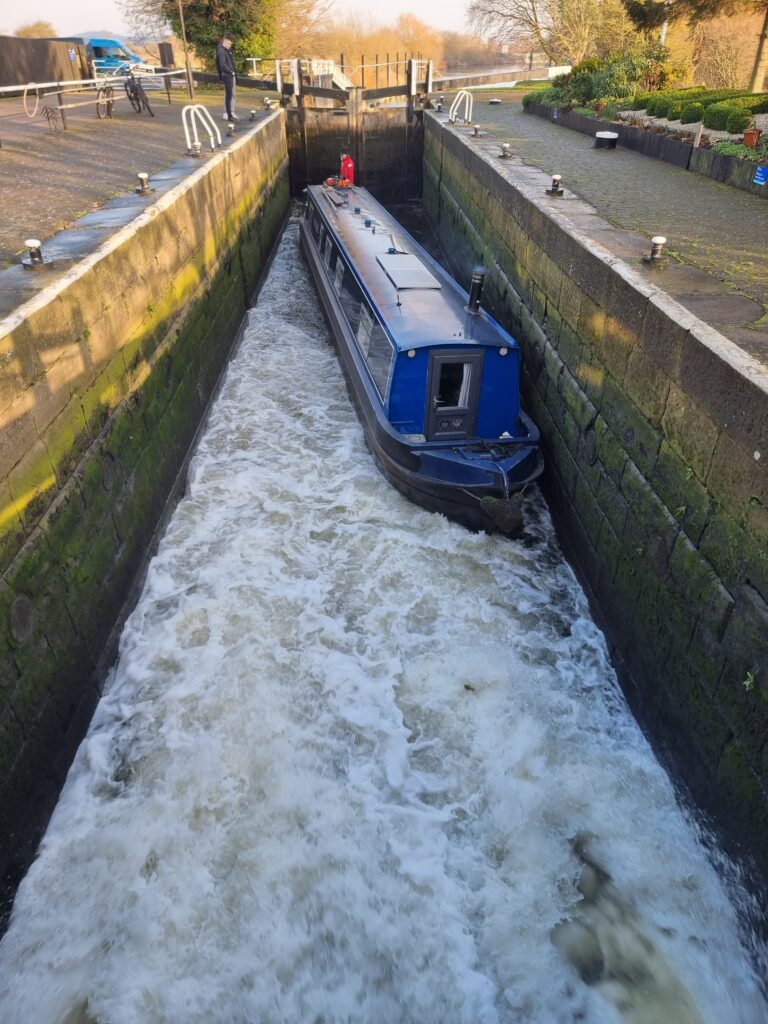
After a few large locks (the locks in this part of the country are designed for 2 narrowboats or 1 wide narrowboat), the canal soon turned into the River Trent and we were rushing along at 15 knots (?) propelled by a vigorous current and pondering the return trip against the current. Just before Nottingham a barrier across the river appeared out of the mist. Its designed to catch stray canal boats that miss the ‘All routes turn left’ sign, before they plunge headlong over the weir. We pulled hard on the handbrake and spun to the left just in time.
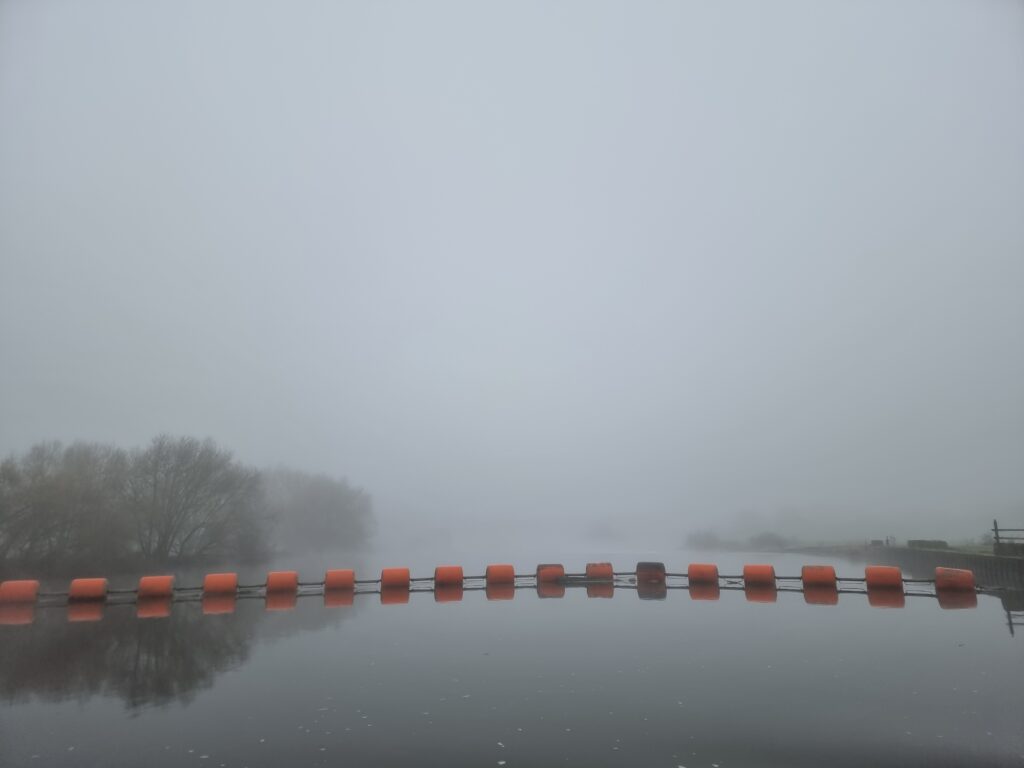
Nottingham was our first big city for a while and we planned to meet friends and have a quick look around. A friendly local boater said it was safe enough in the city center if you didn’t mind people banging on the boat or jumping aboard at night. He was heading to the River Trent where there was a more peaceful mooring and better pubs. A quick discussion together ensued, and we agreed to awkwardly stalk the nice old mate with the good advice. The Trent turned out to be an enjoyable stop for us too.
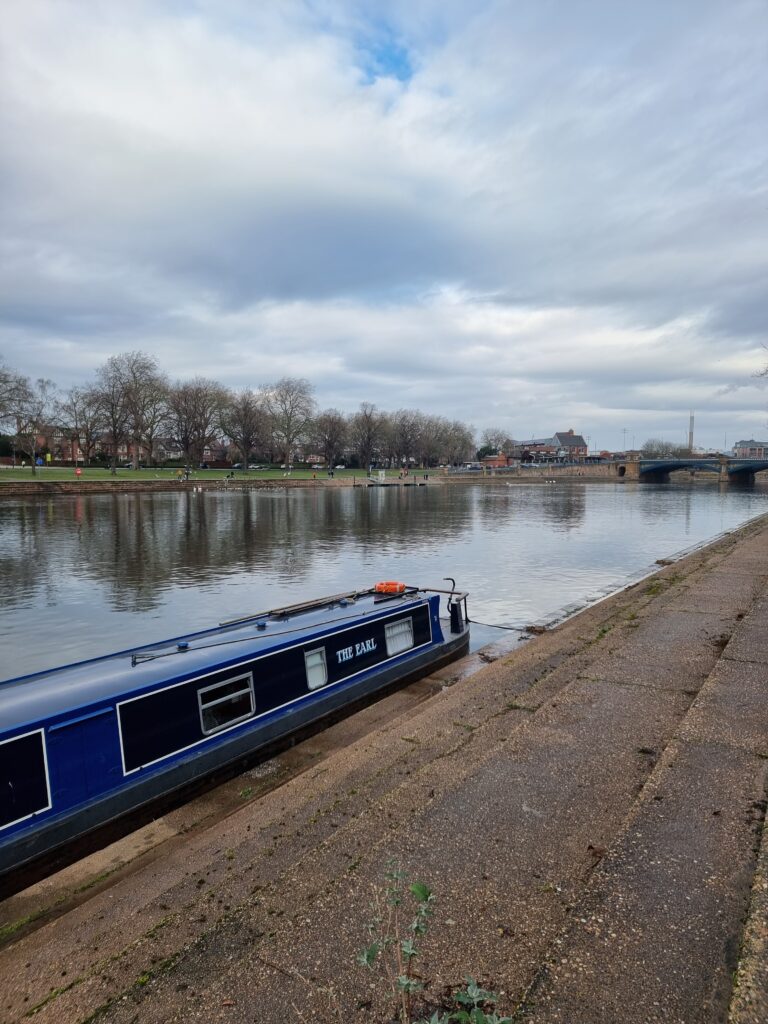
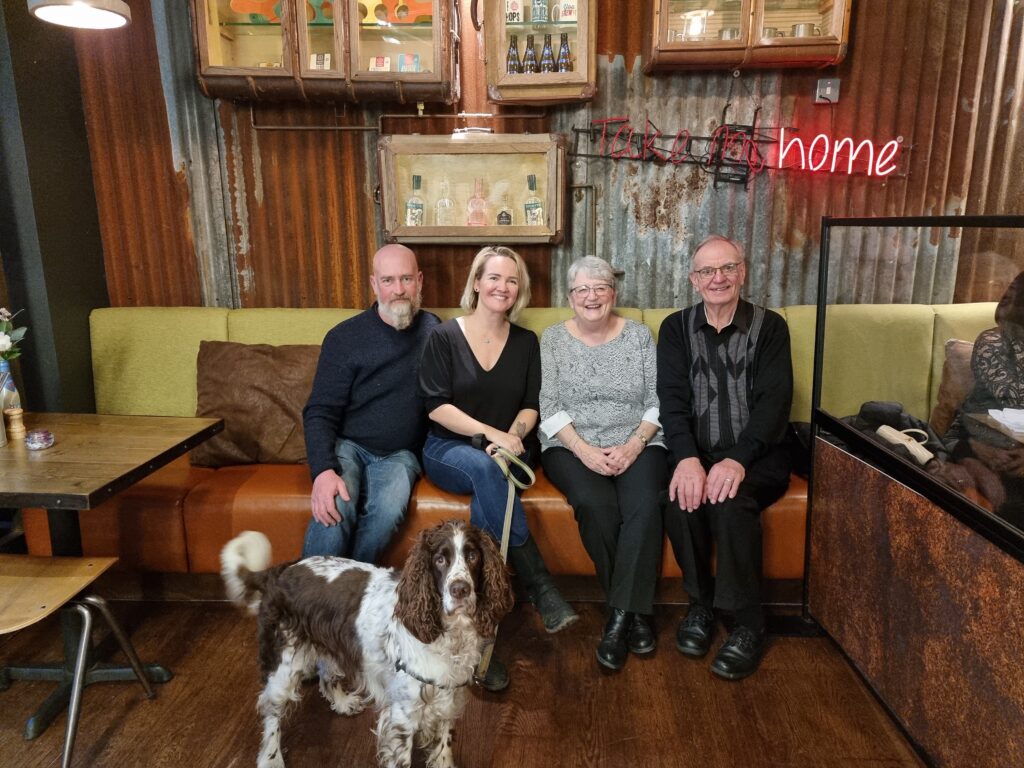
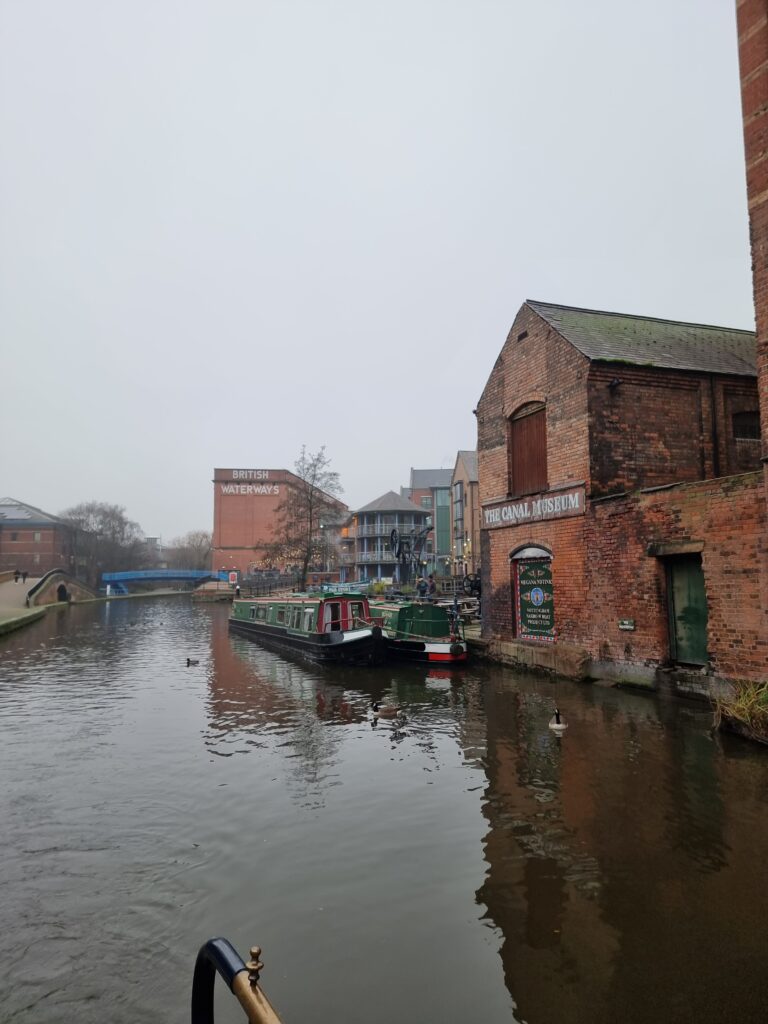
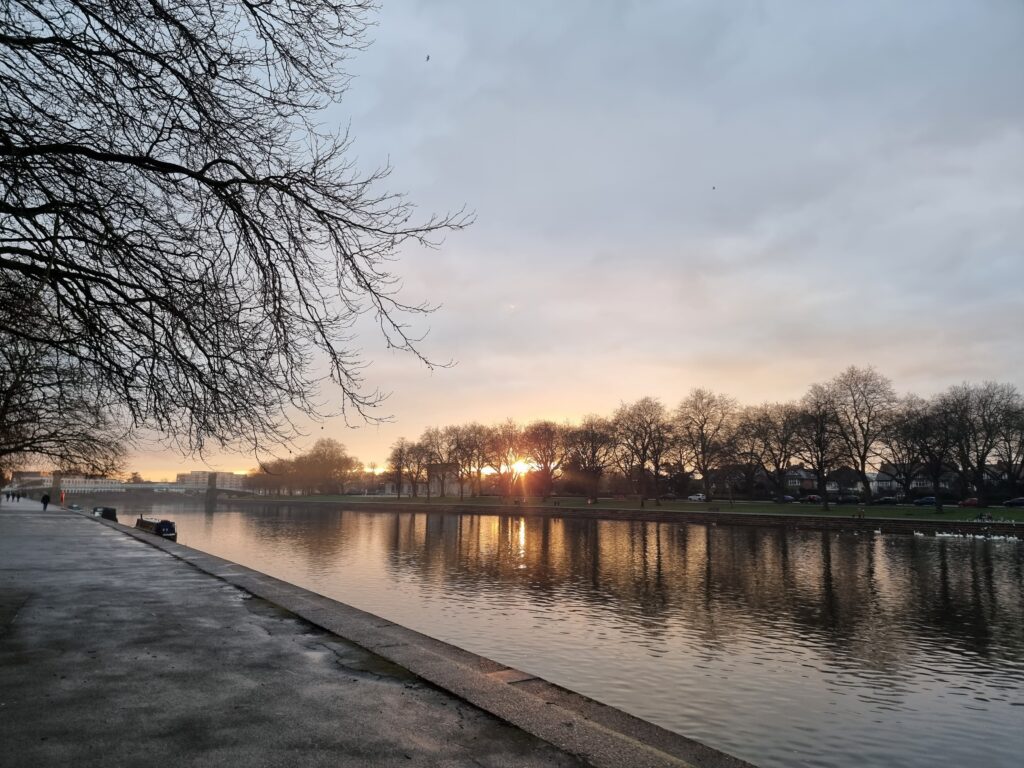
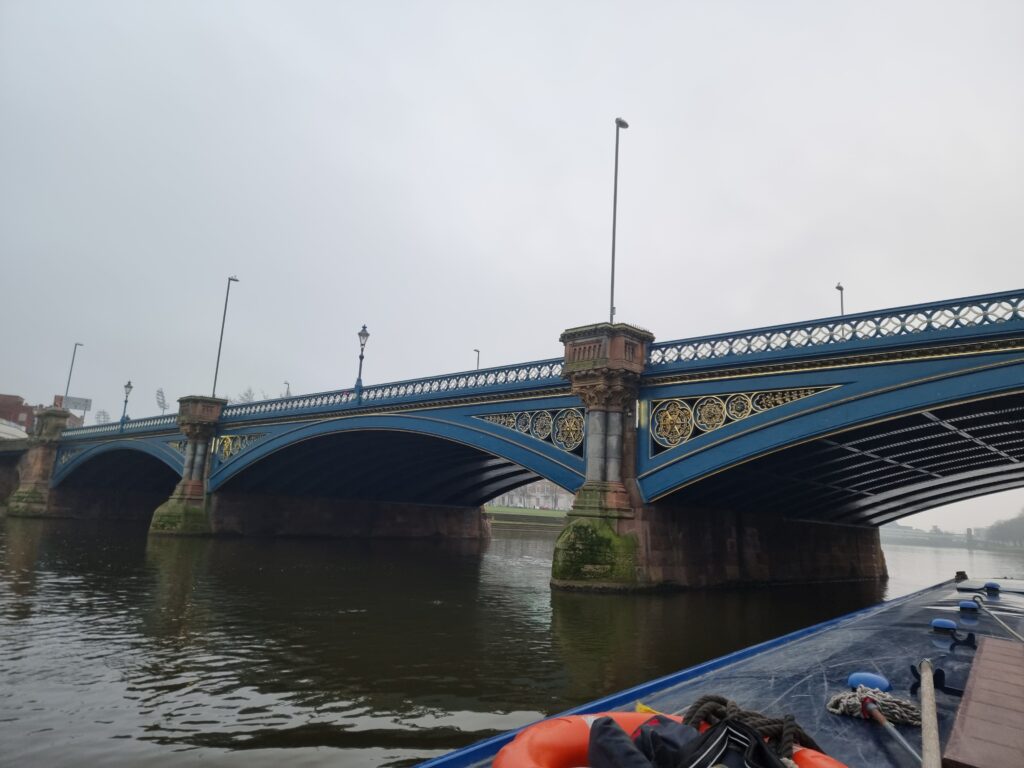
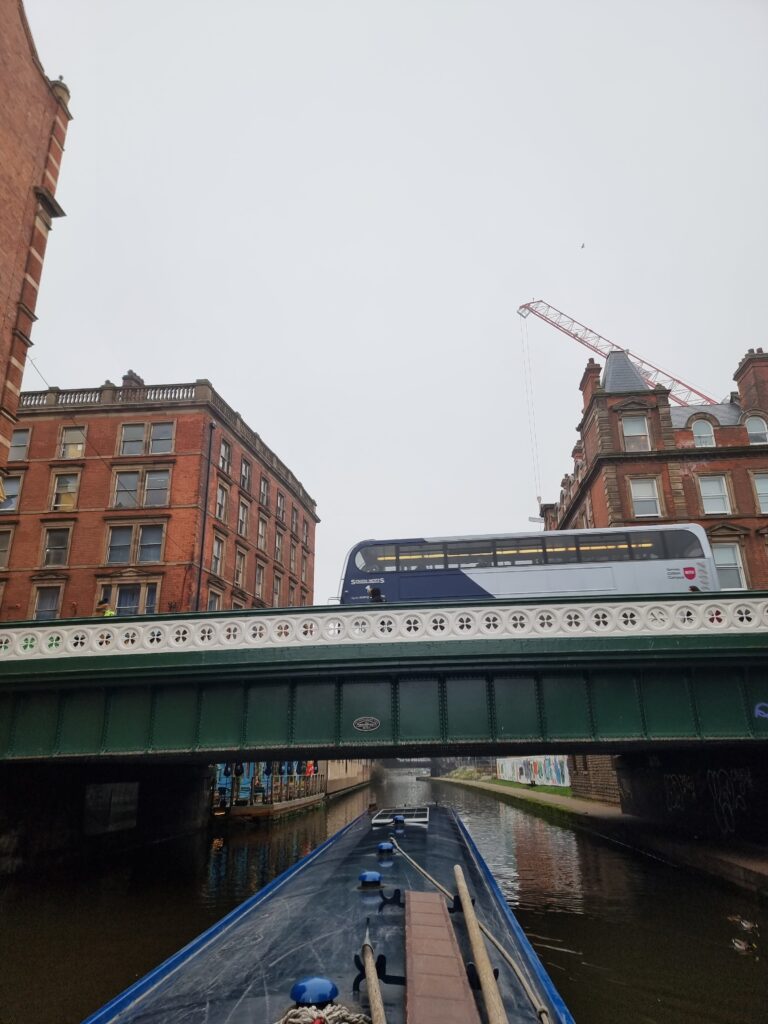
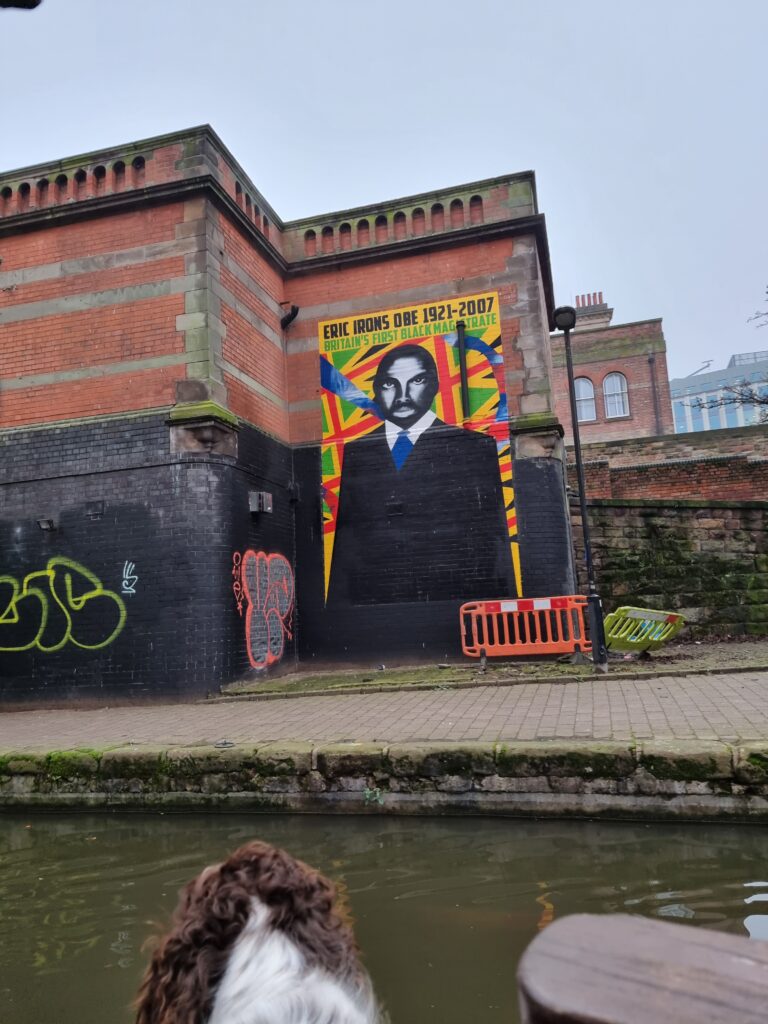
We parked outside the council chambers, and again, pub life called, as well as some provisioning, and some bike riding. After a couple of quiet evenings, we retraced our steps through Nottingham stopping in the city centre to visit the limestone caves that are under much of the city. They have been used for everything from shelter, fresh water, cellars, toilets, tanneries and secret meeting places, although not usually at the same time.
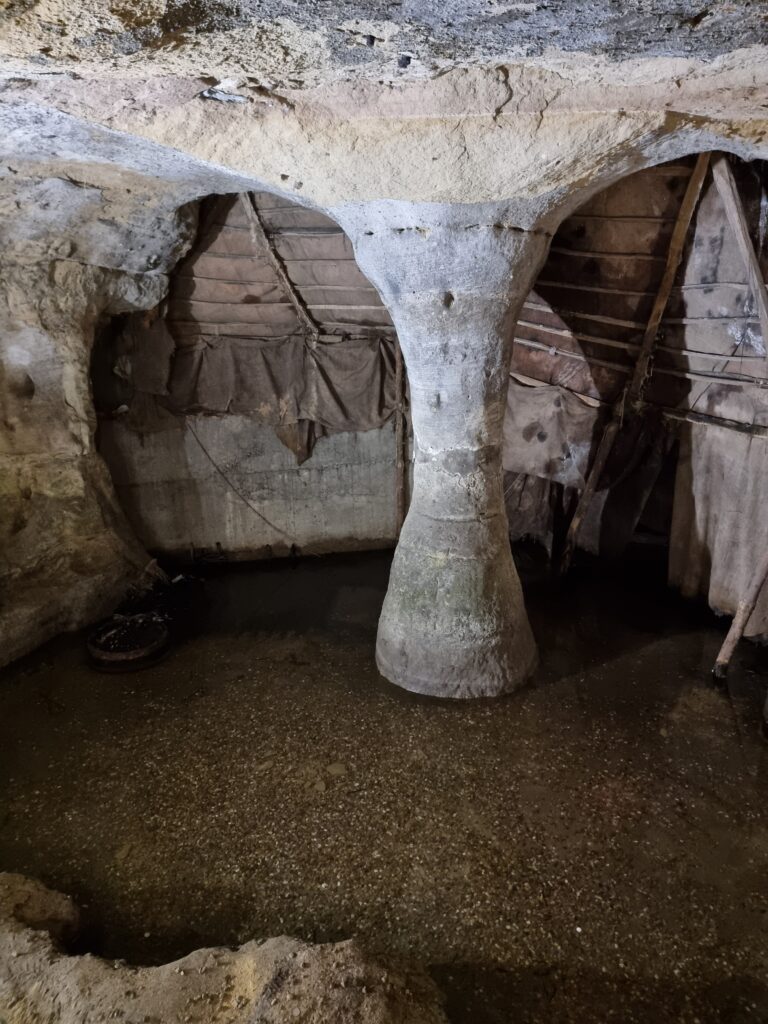
The return trip up the river was somewhat slower, but we made way against the rushing torrent and avoided being sucked back over the weir. The countryside changed from industrial megaliths to impossibly charming country manors in the time it takes to fill a lock.
Swans visited the boat looking for handouts. Bernie soon realized these big hissing beasts were not scared by his big dog bark. One in particular notified us of his presence by tapping on the boat, to which Fi responded with the requisite amount of swan treats out the window.
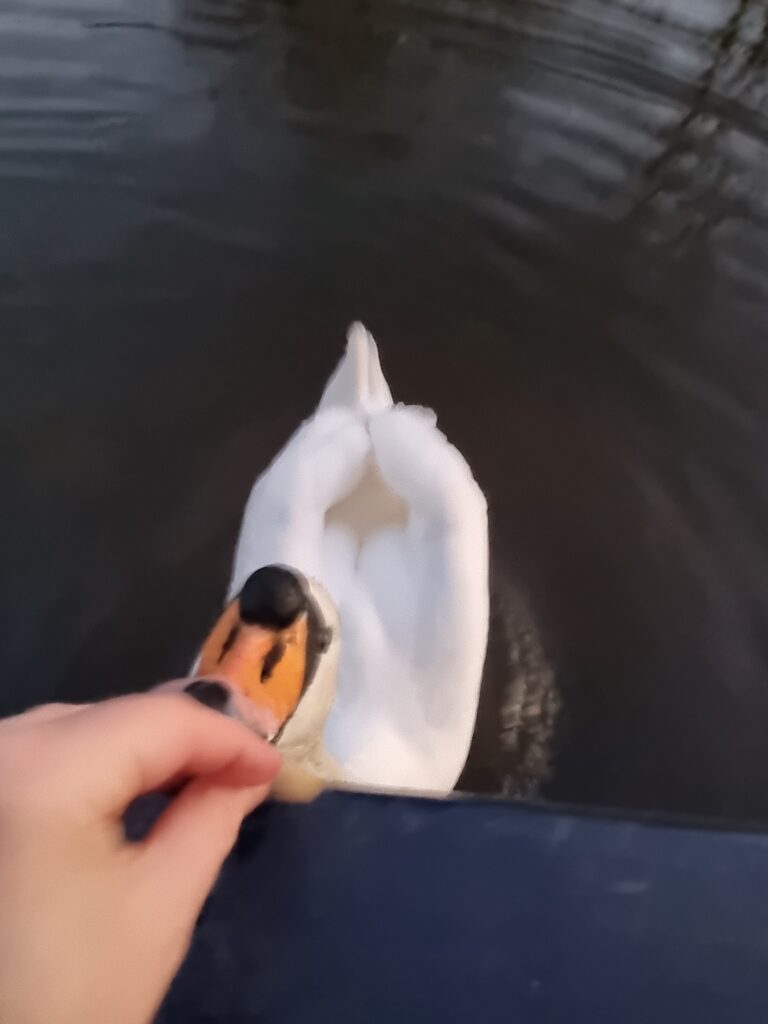
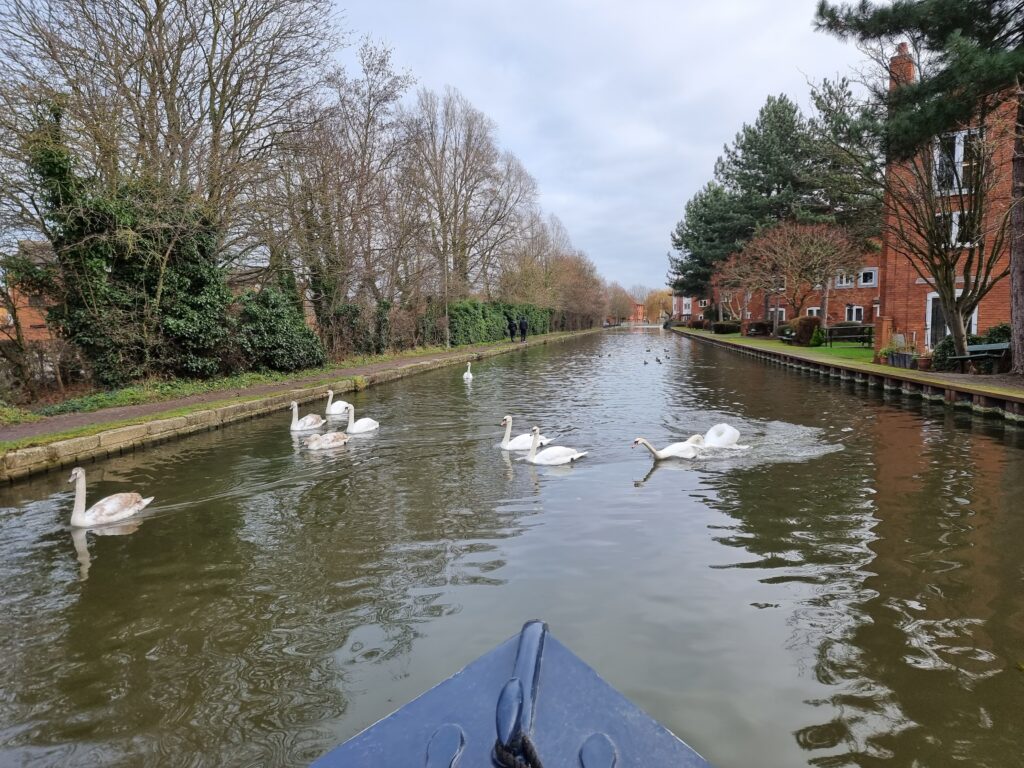
As we headed south the days turned colder. The fields took on a white morning tinge, the canals iced over and knots in the ropes barely unraveled. Its surprisingly hard to open the lock doors even with a thin sheet of ice on the water.
But by now we had acclimatised and the cold still conditions often led to beautiful sunsets on the sun deck. When people warned us about English winters, we knew it would be like this.
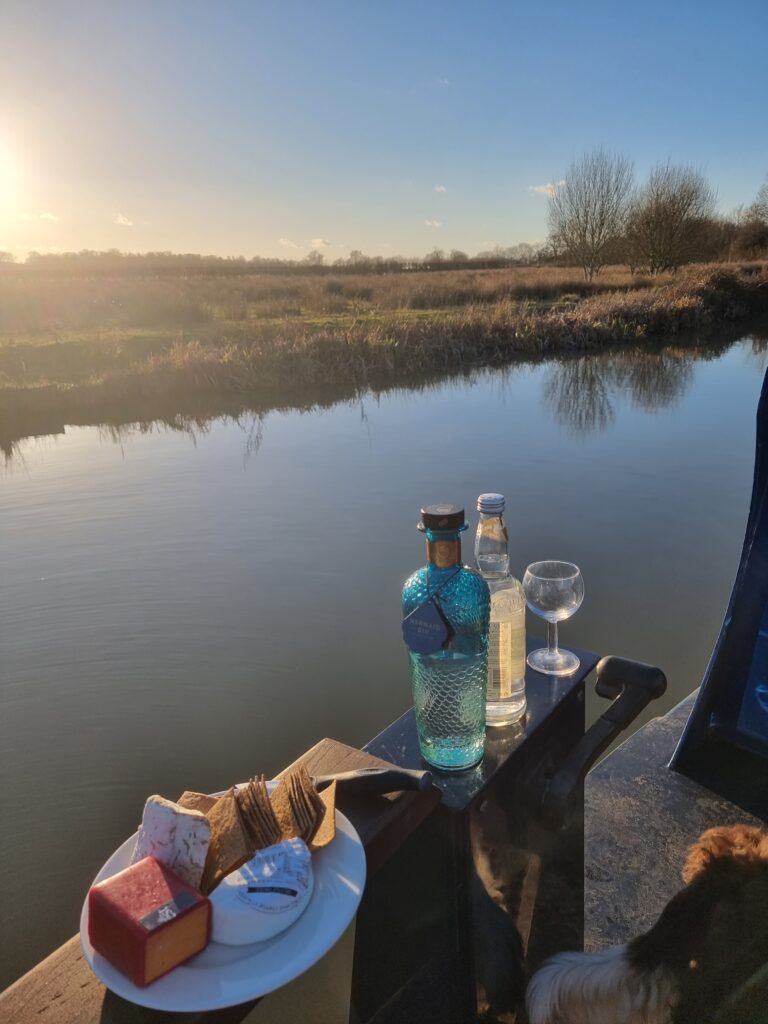
We found a few tunnels, which, not as exciting as the Harecastle experience still made interesting navigation. These are apparently big enough for two vessels to pass , although we didn’t have the opportunity to prove this rather optimistic proposition.
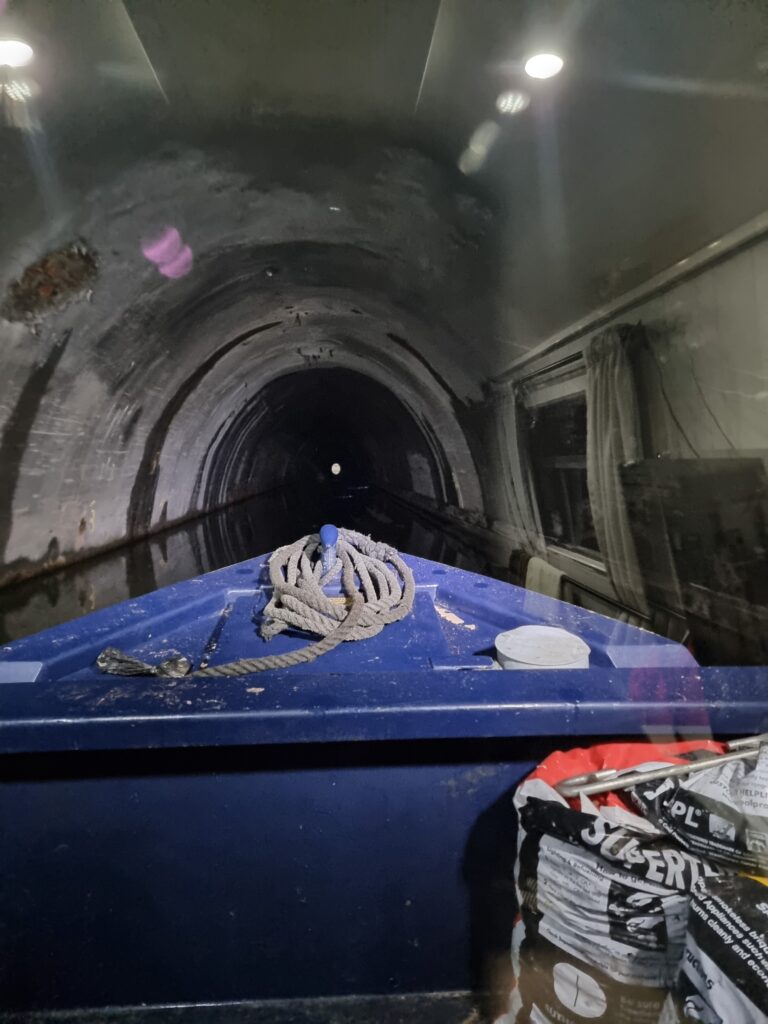
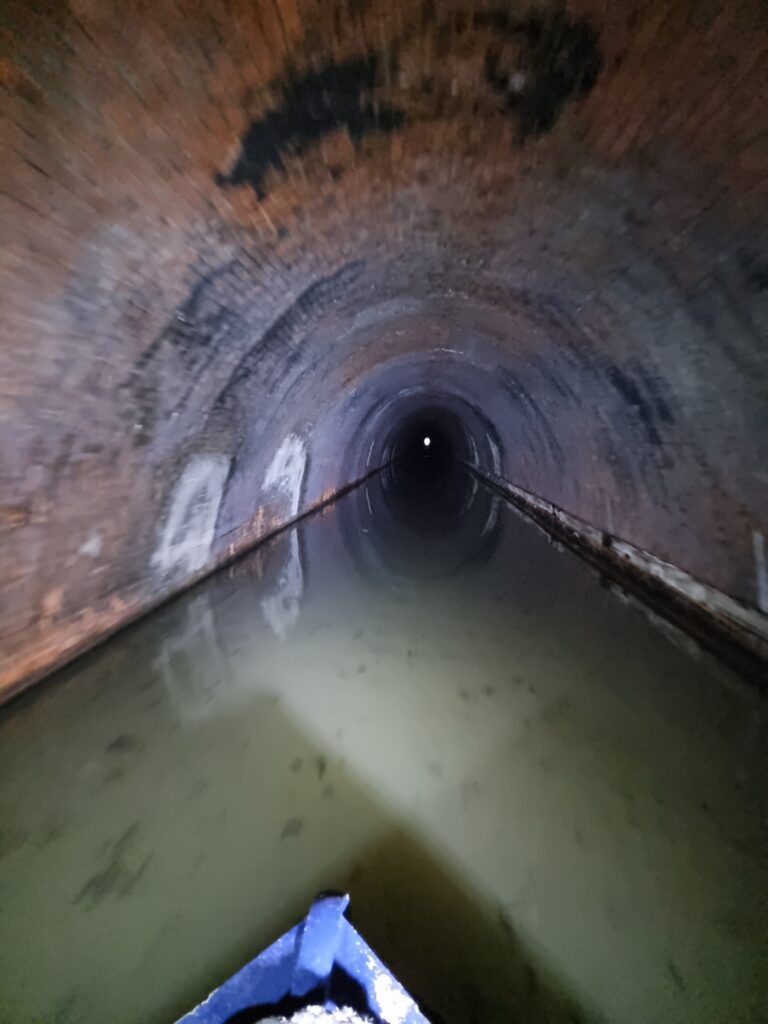
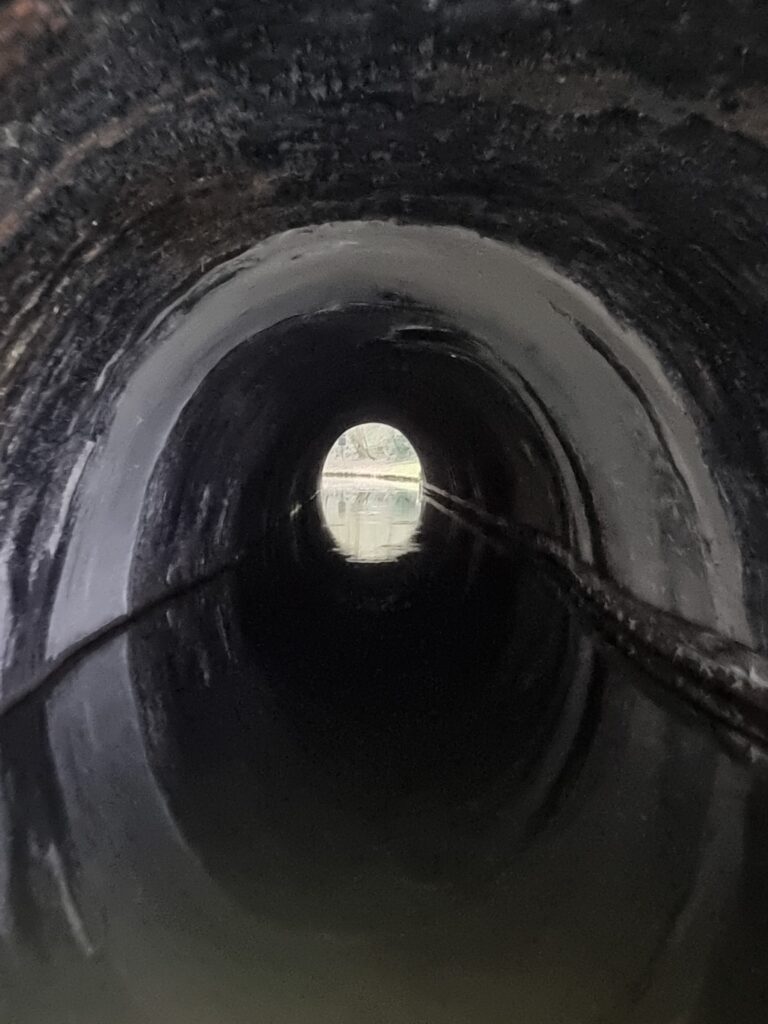
At Foxton the canal headed up a hill in a series of locks all joined to each other. They even have friendly volunteers to ensure you empty and fill the locks in the right order…red first and then white, or was it white then red? Next to the locks are the remains of a hill side lift that reduced the lock time of 45 minutes to 8 minutes in an effort to compete with the pressures from the developing rail network. There are plans, but not funds, to restore it to its former glory.
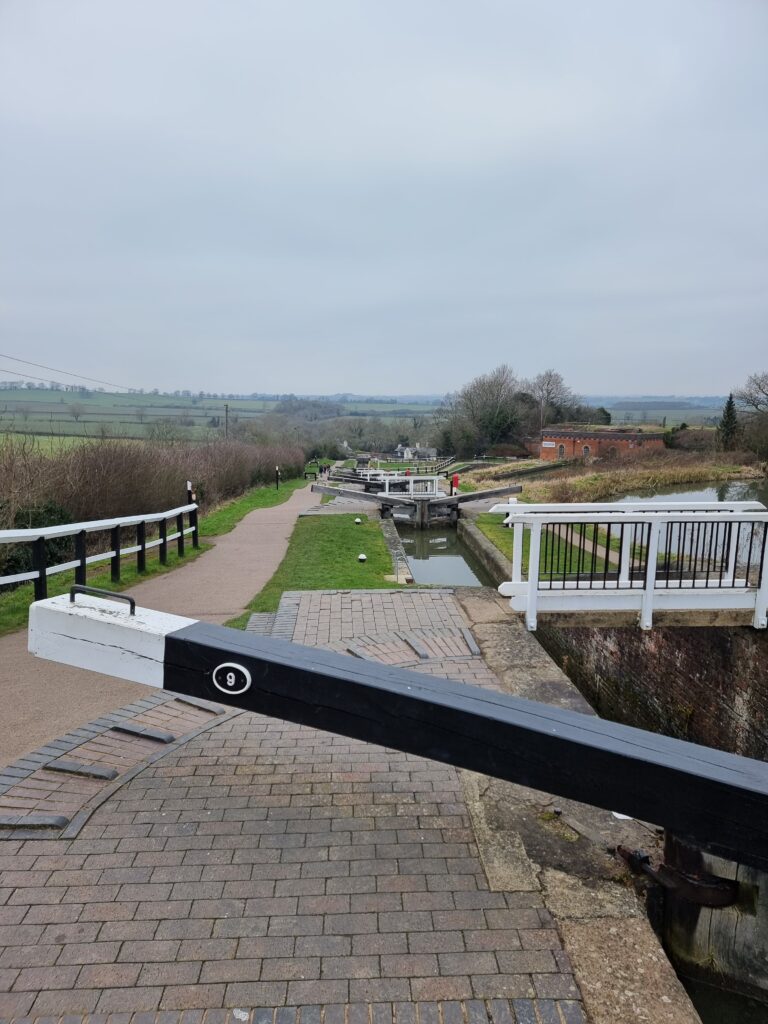
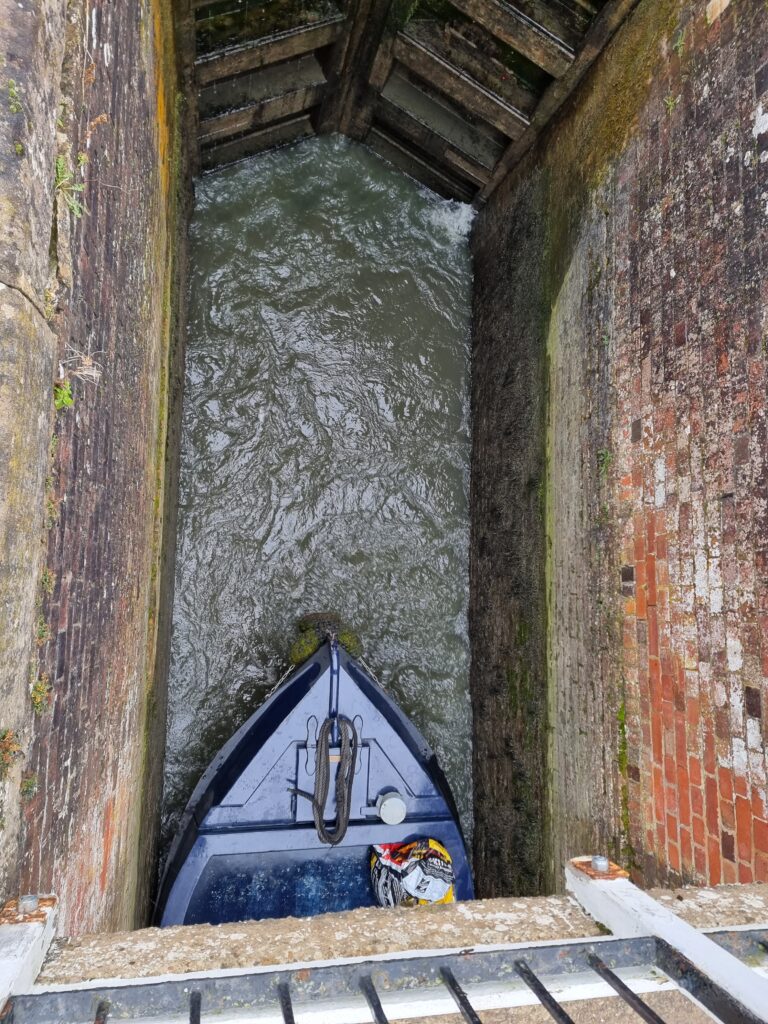
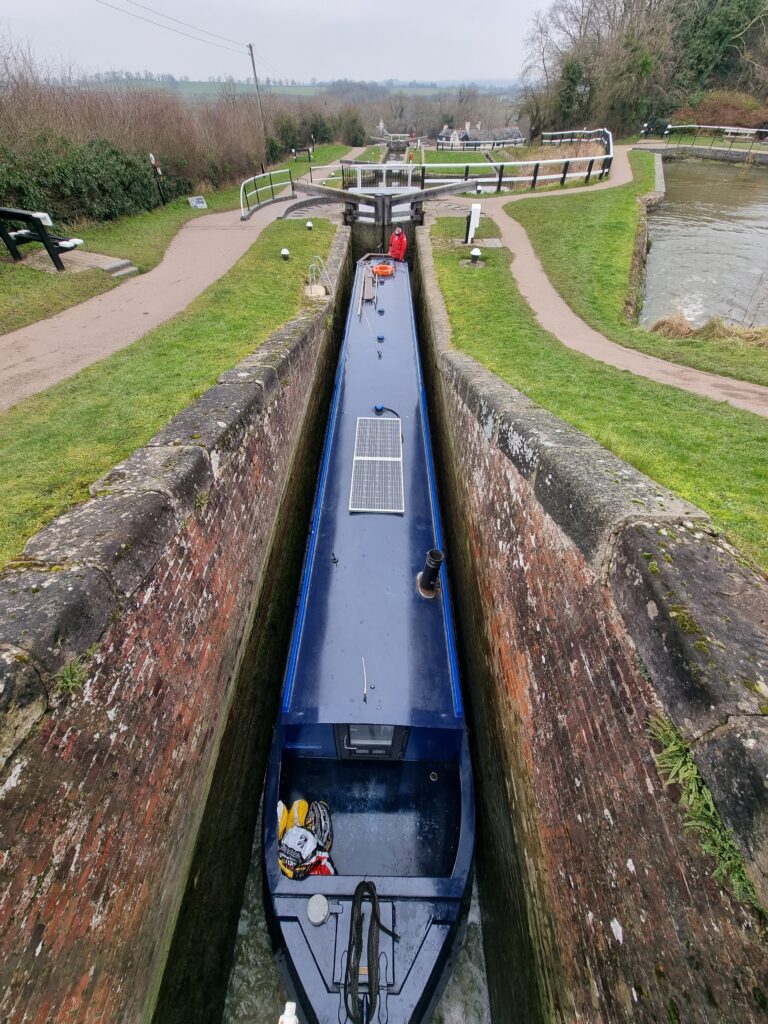
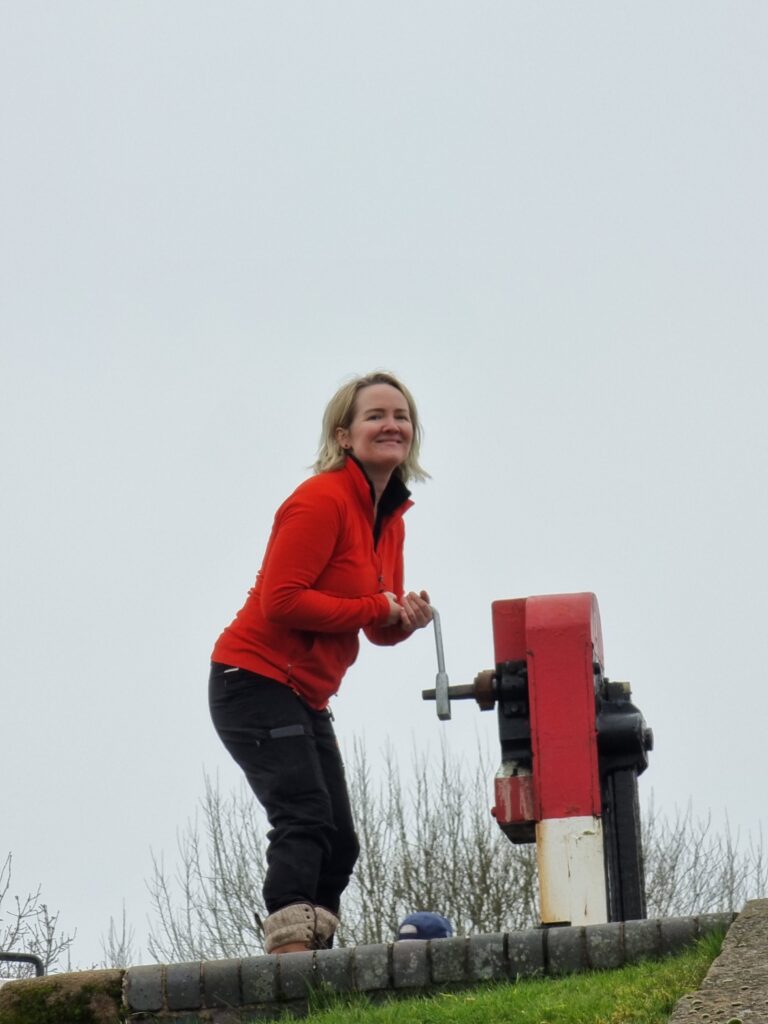
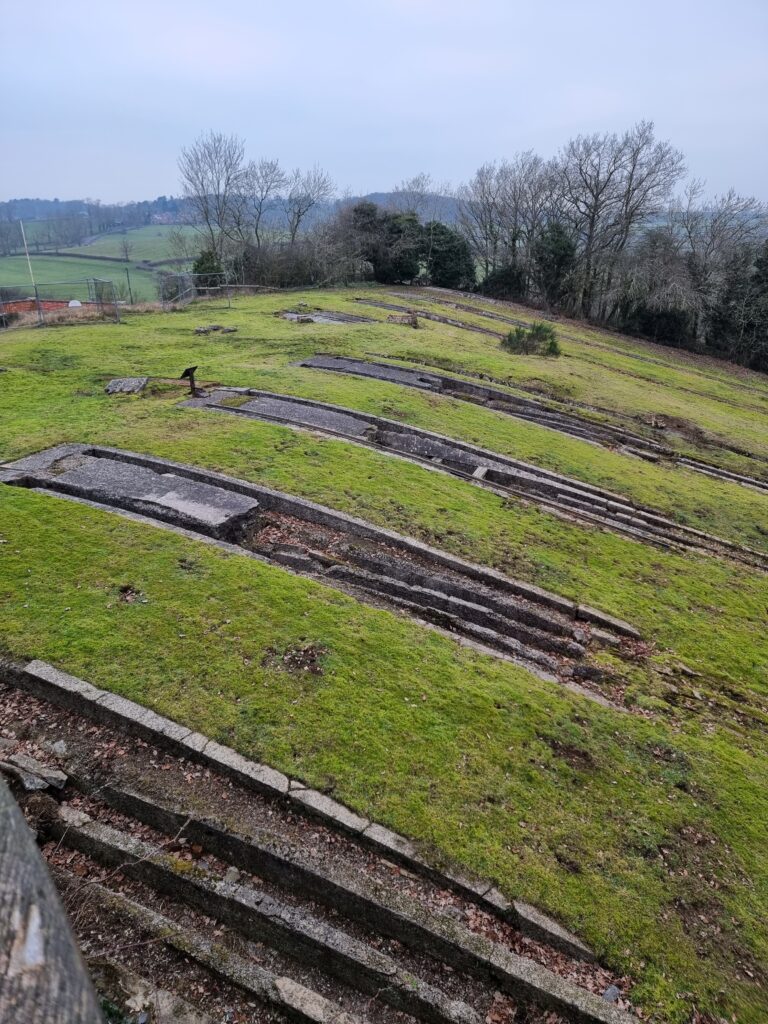
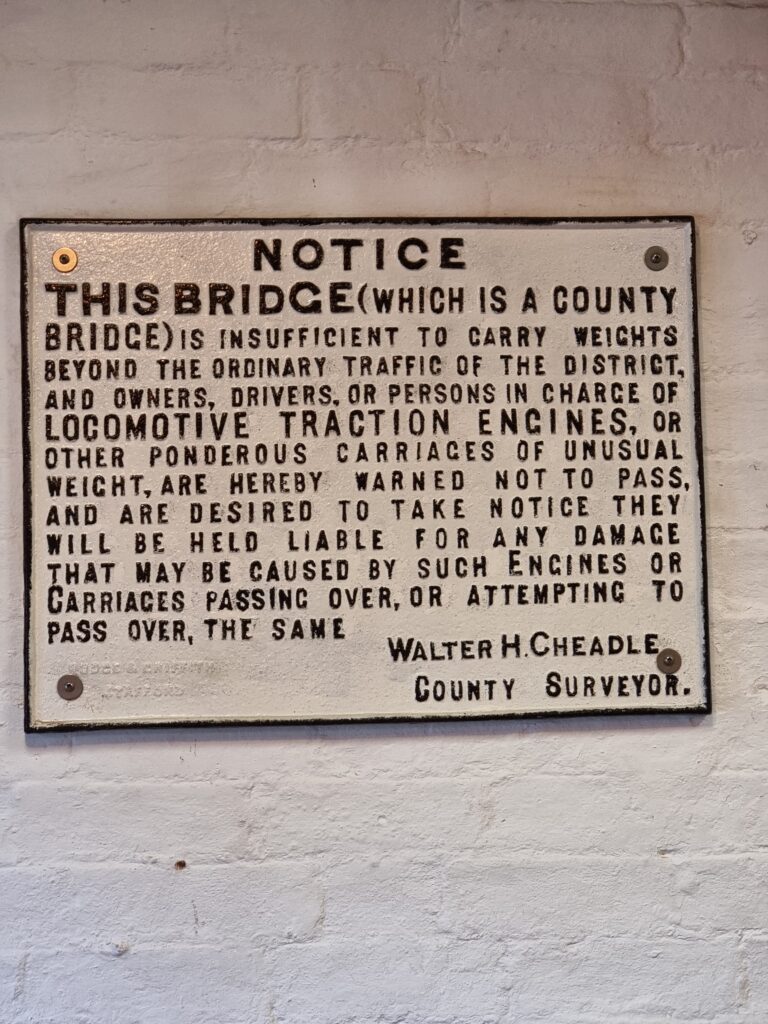
Unexpectedly we ran out of canal. The locks ahead were closed for maintenance so we took to the road for a quick jump to another canal. There are no tides, currents, shipping lanes or channel markers, but perhaps canal navigation was more complex than we had given it credit for.
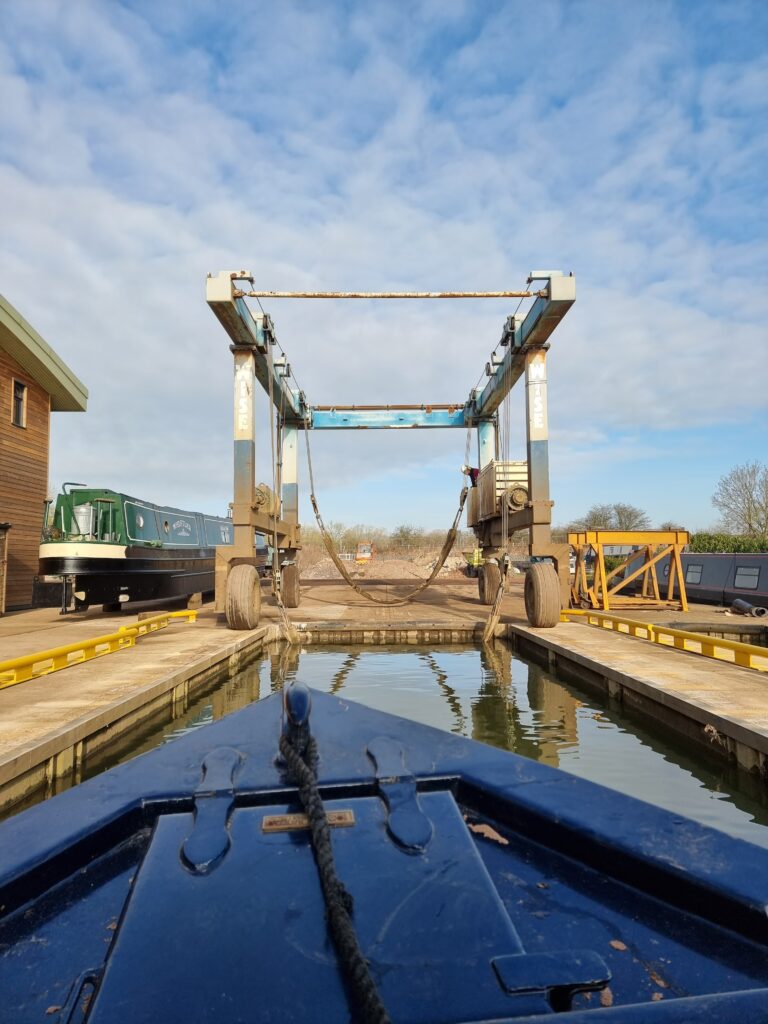
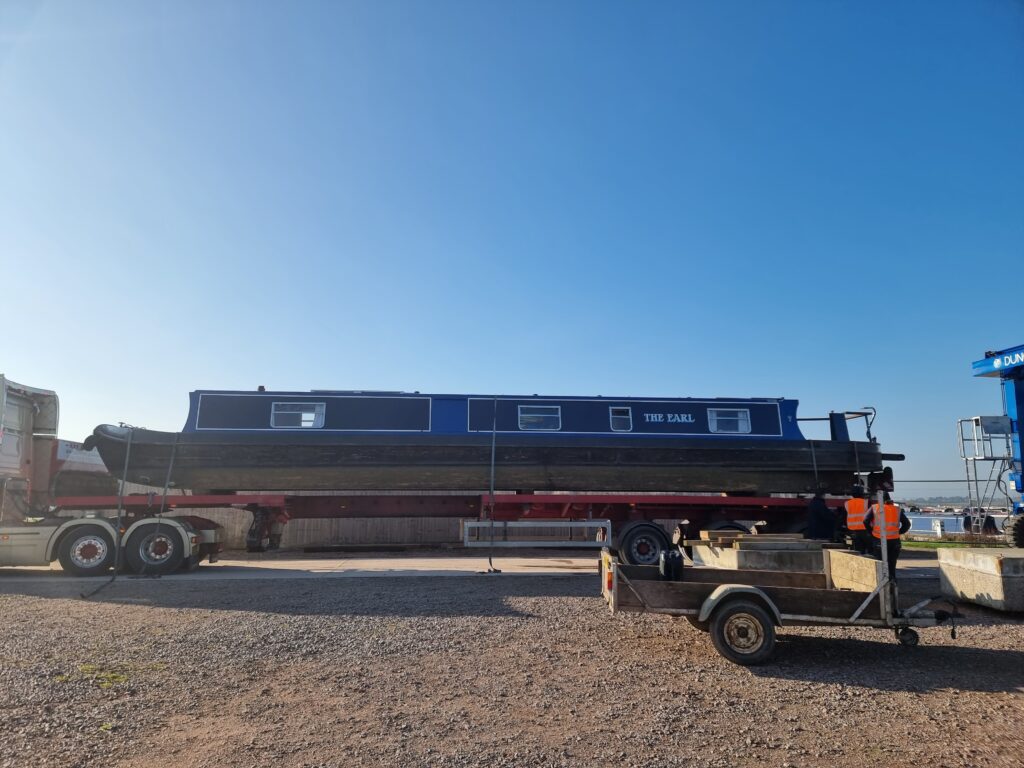
We were soon safely landed in a new and more open canal. A few miles further on we reached our final destination and after two enjoyable months we left The Earl for new adventures.
What did we learn?
- Bernie loves loves loves canal boating.
- Locks are hard work and lightweight coats would have been better than offshore gear.
- The user interface on the canal app could use some work to make stoppages clearer – oops.
- Mud is okay.
- Winter is okay.
- We think we prefer a “reverse layout” style of canal boat with the bedroom at the front. The Earl was traditional layout.
- We need to go further north for snow.
- That the people that treat lock goings on as a spectator sport are called “Gongoozlers”.
- That Bernie is the best behaved Springer Spaniel in the land. He got just so many compliments on his nature.
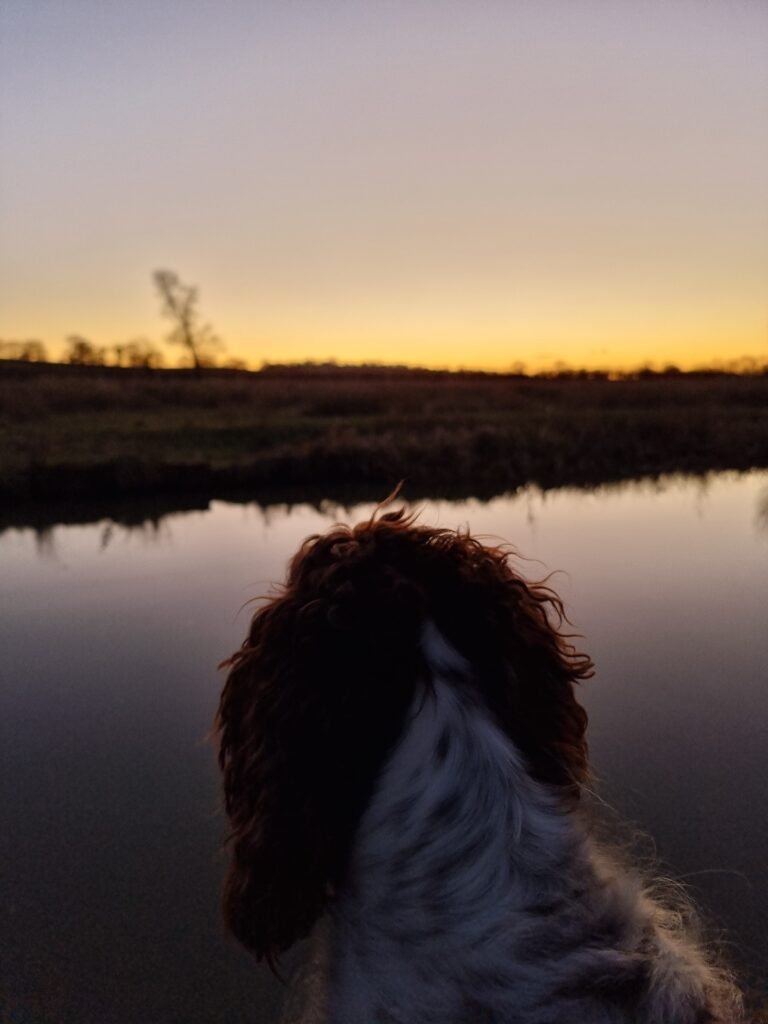
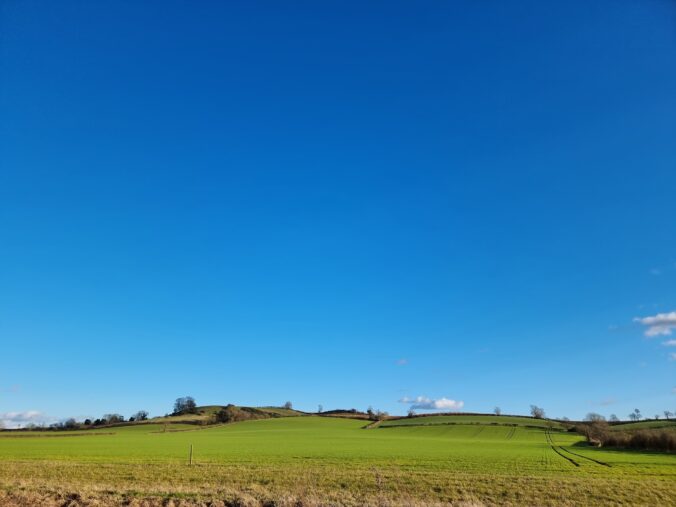
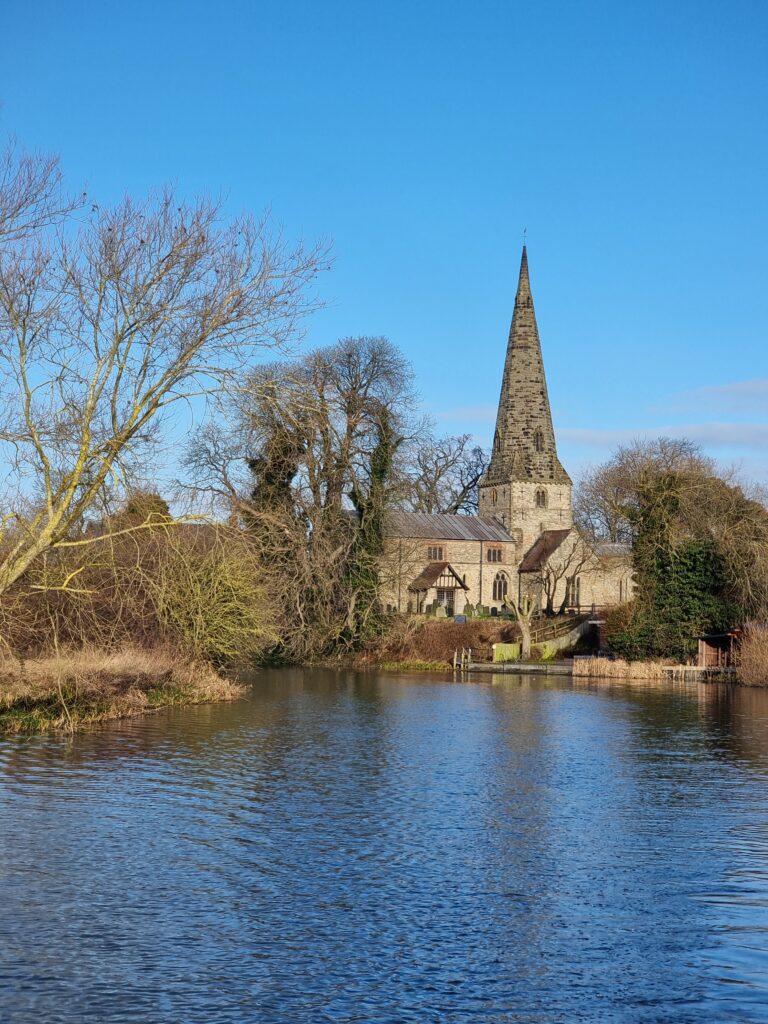
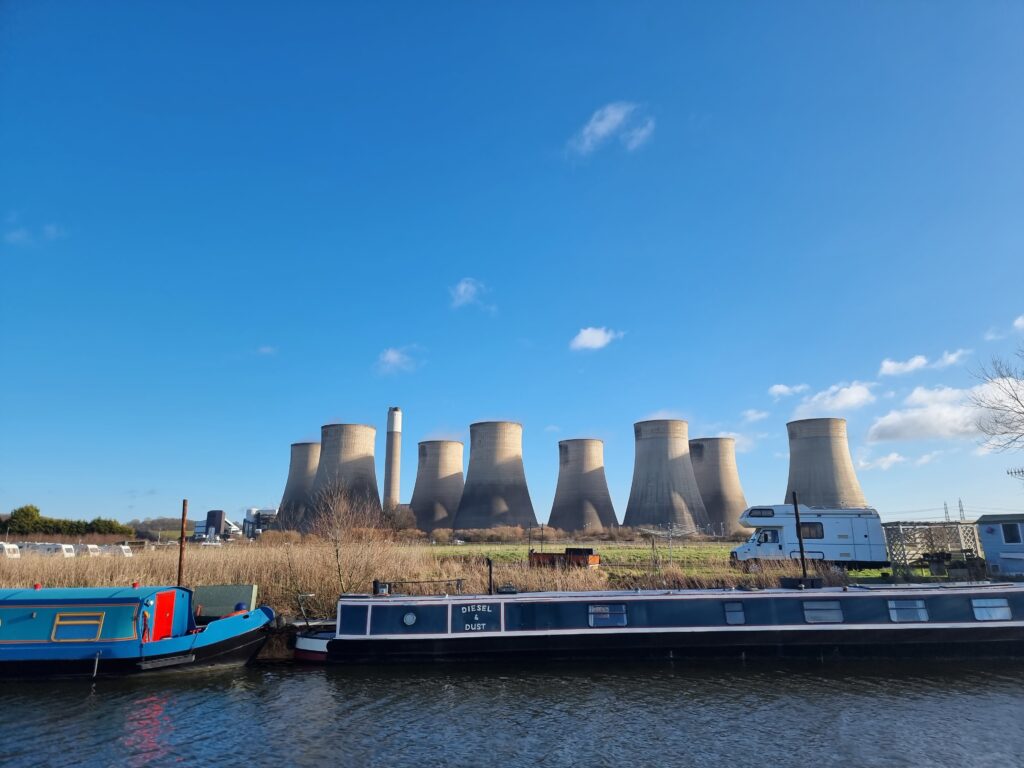
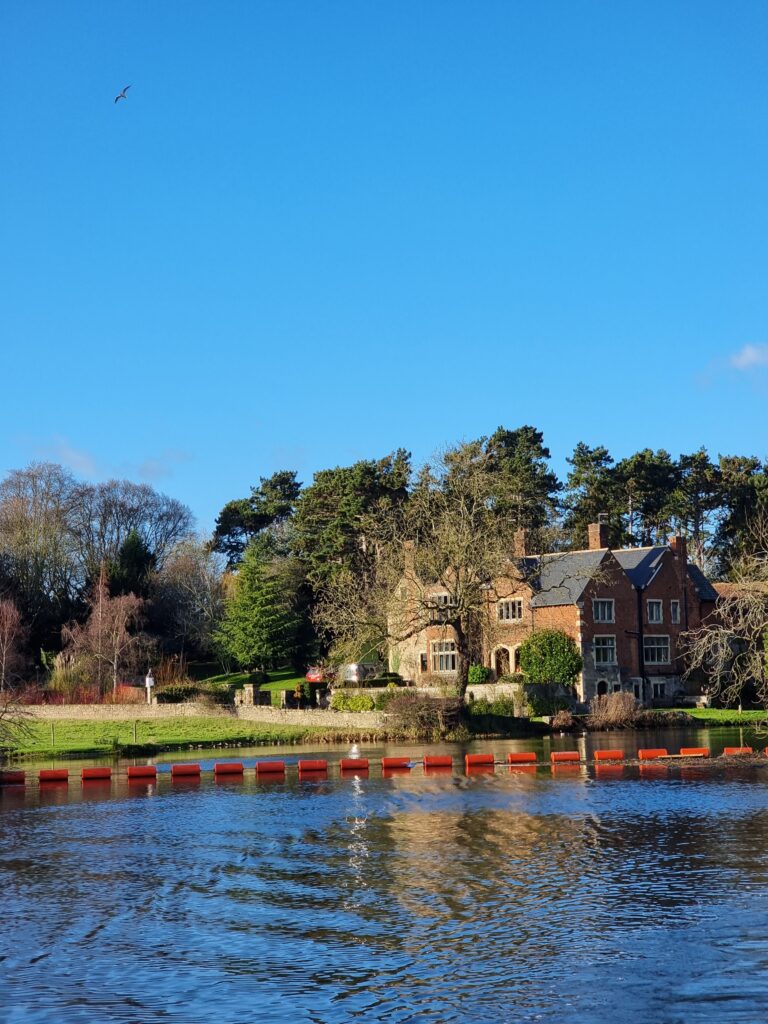
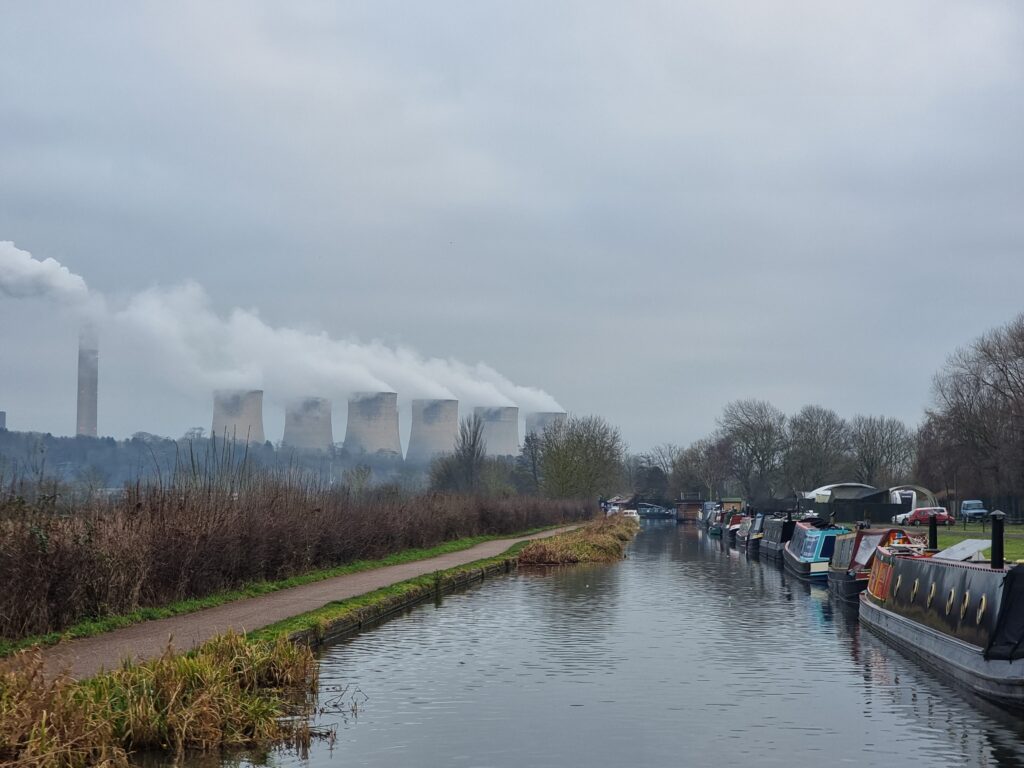
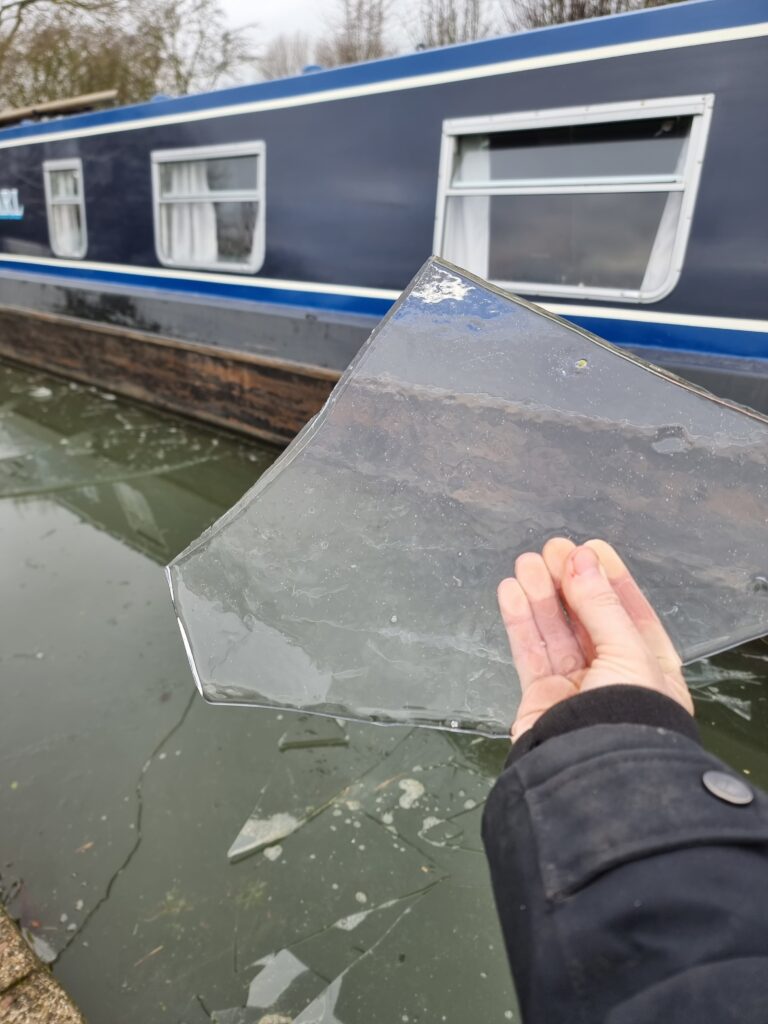
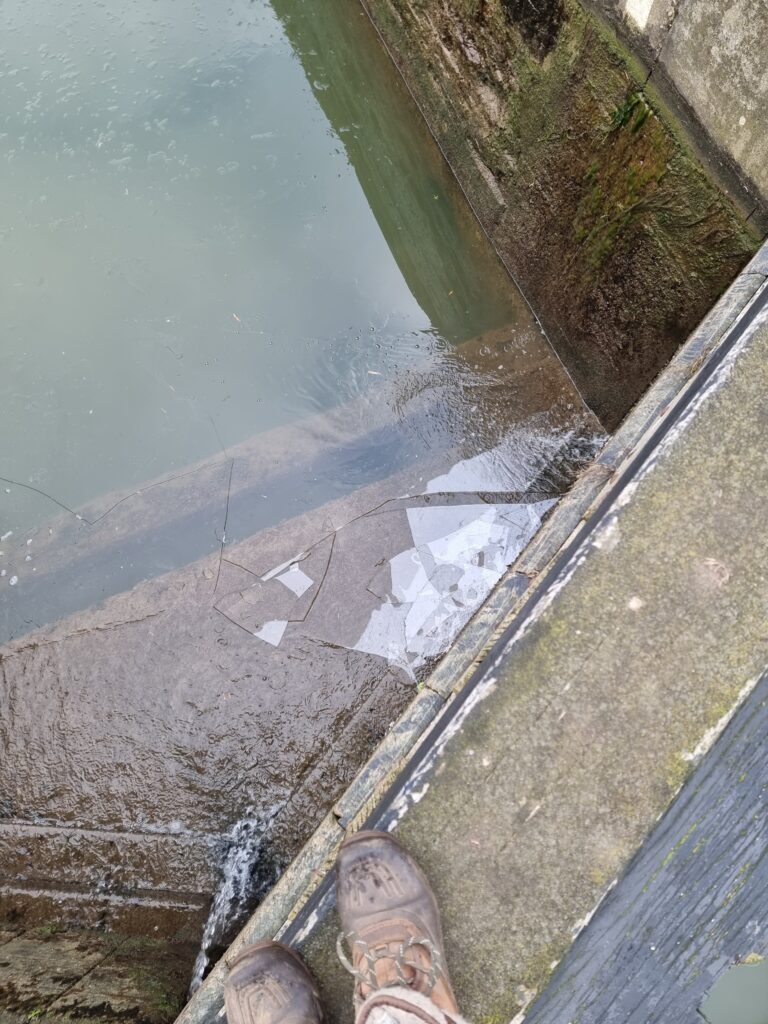
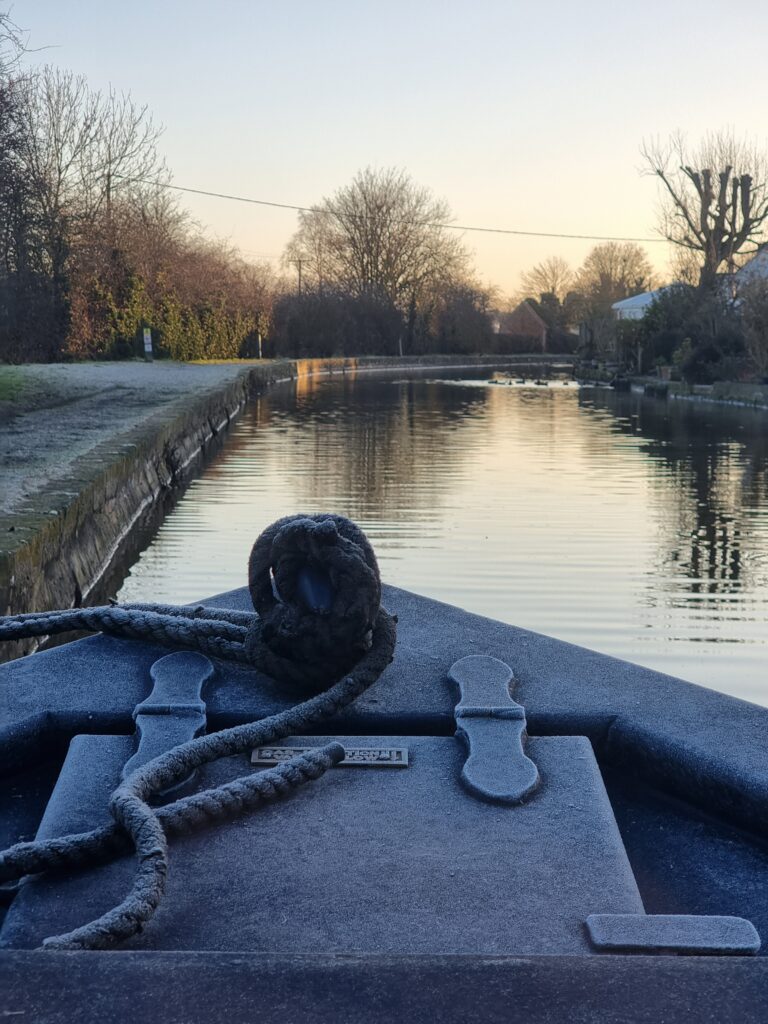
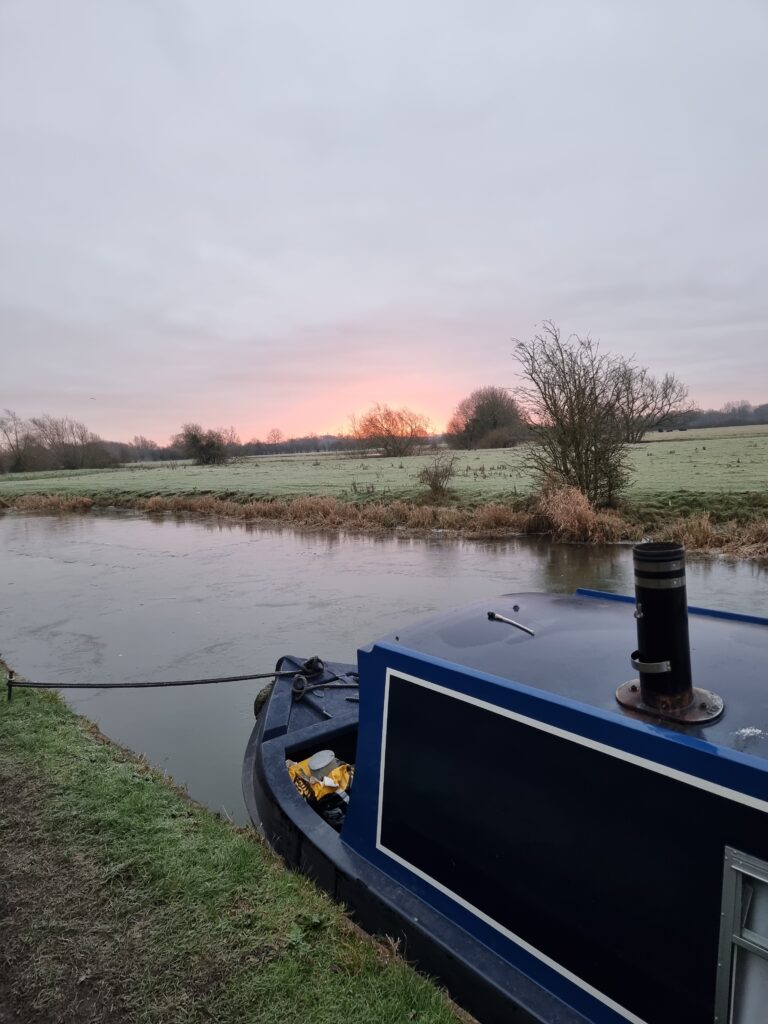
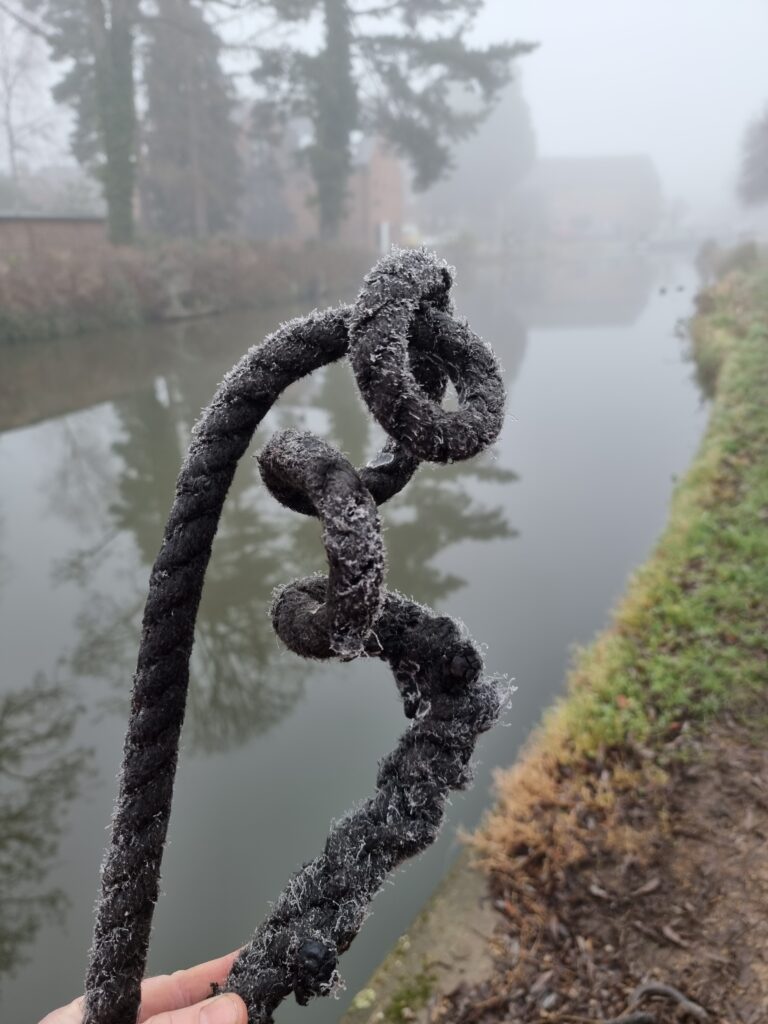
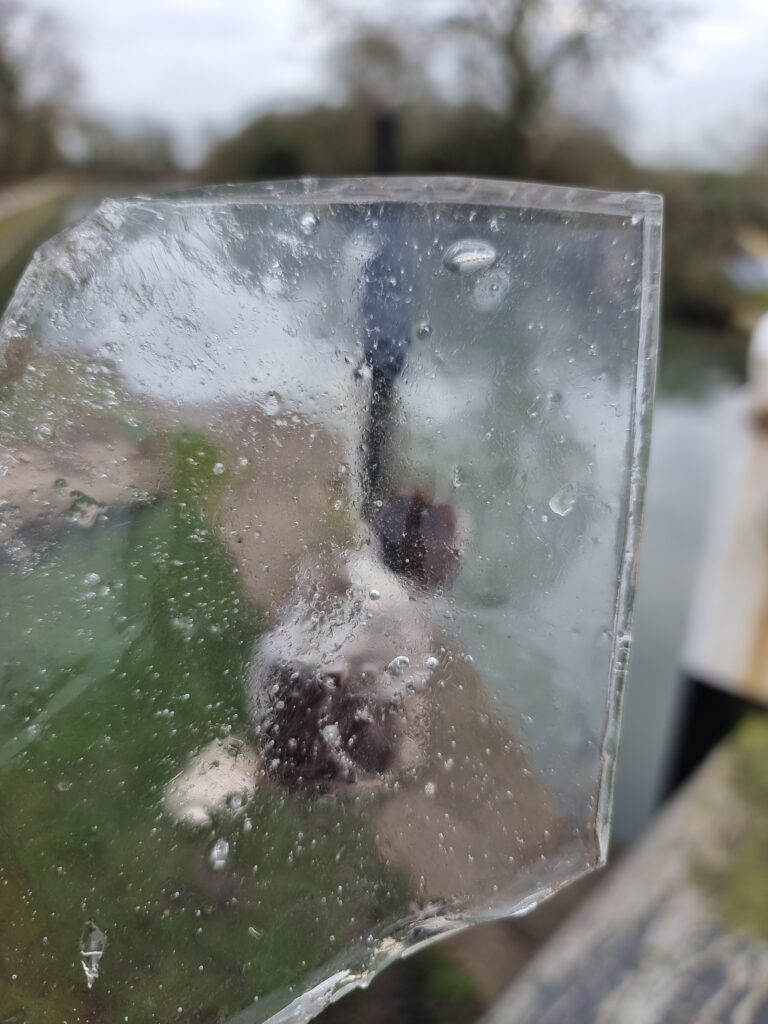
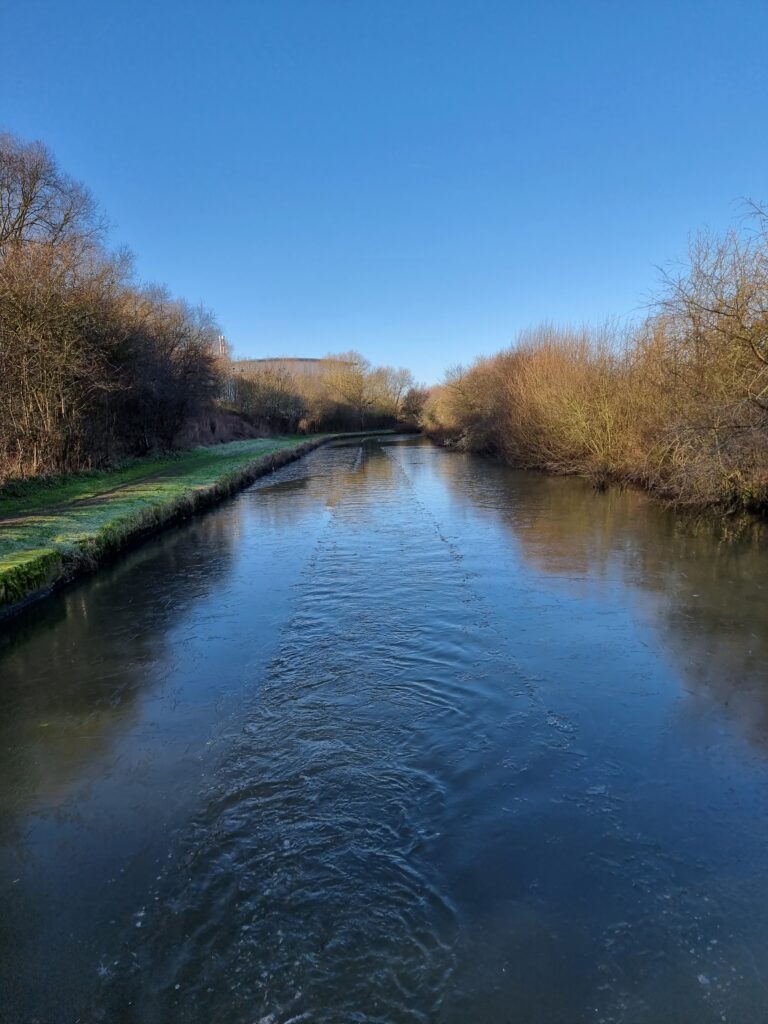
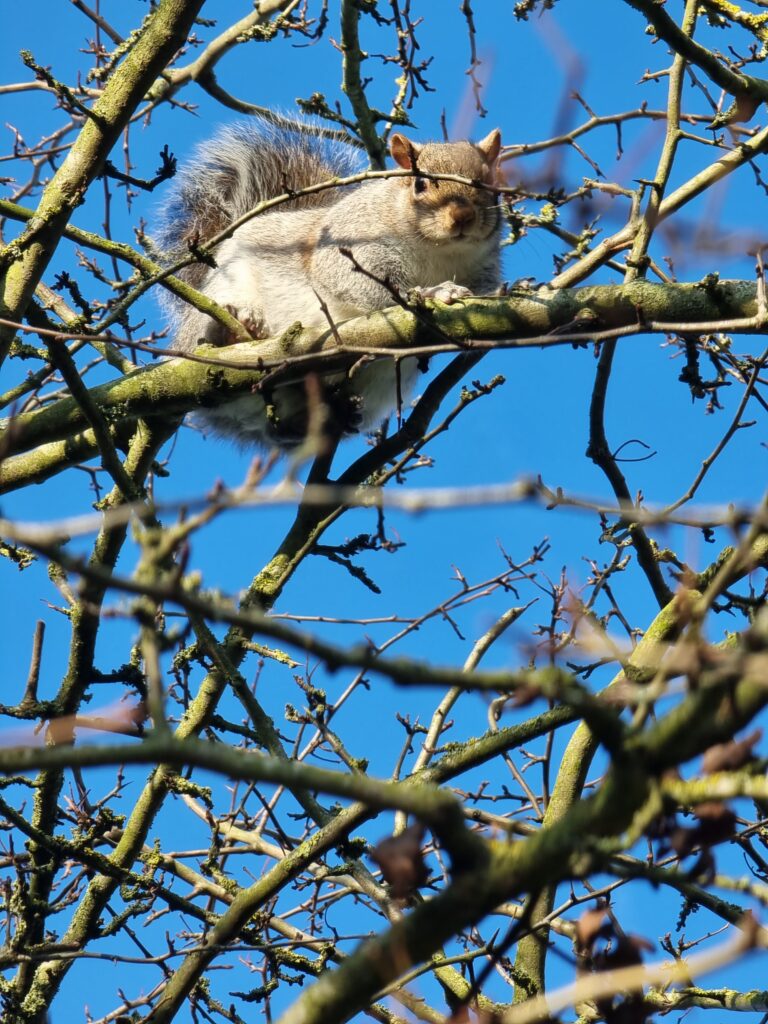


Great blog. We enjoyed reading the canal trip series. The English are very clever to have made this new canal system so tourists can enjoy the countryside in slow time. Rick and Carolyn.